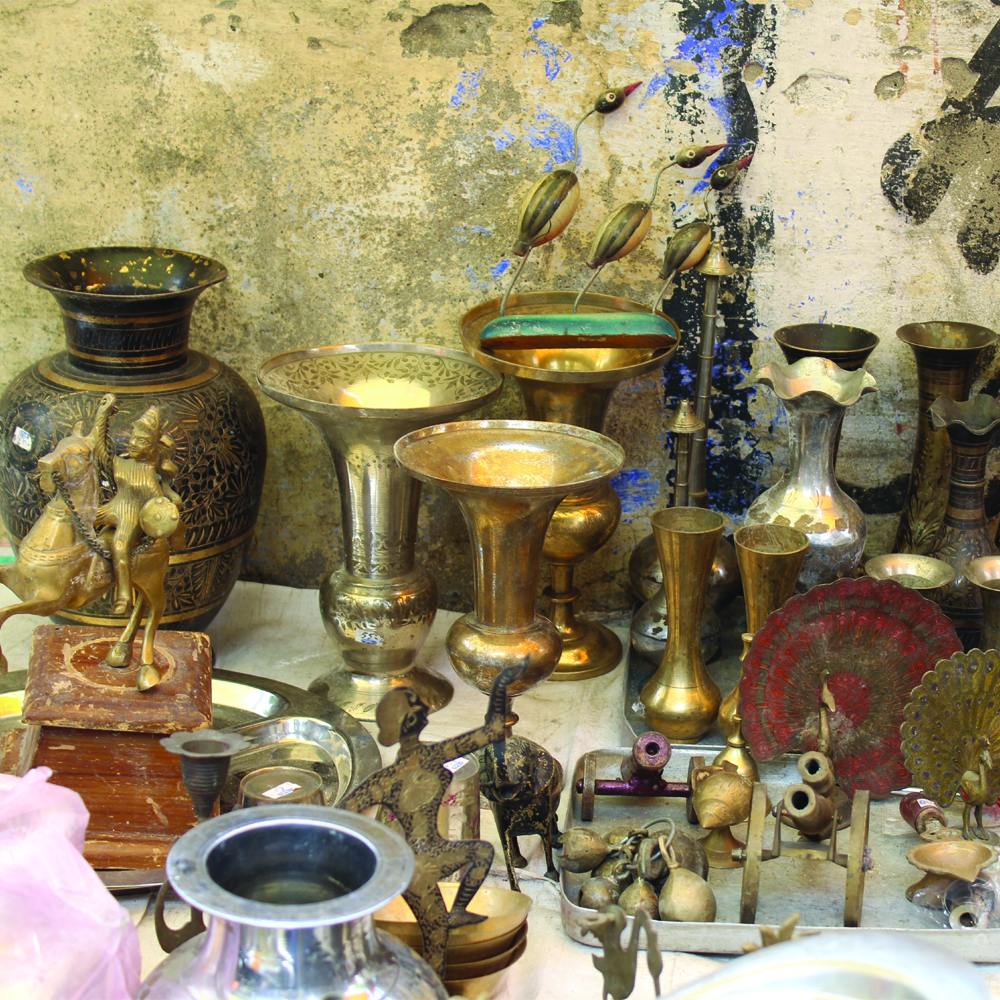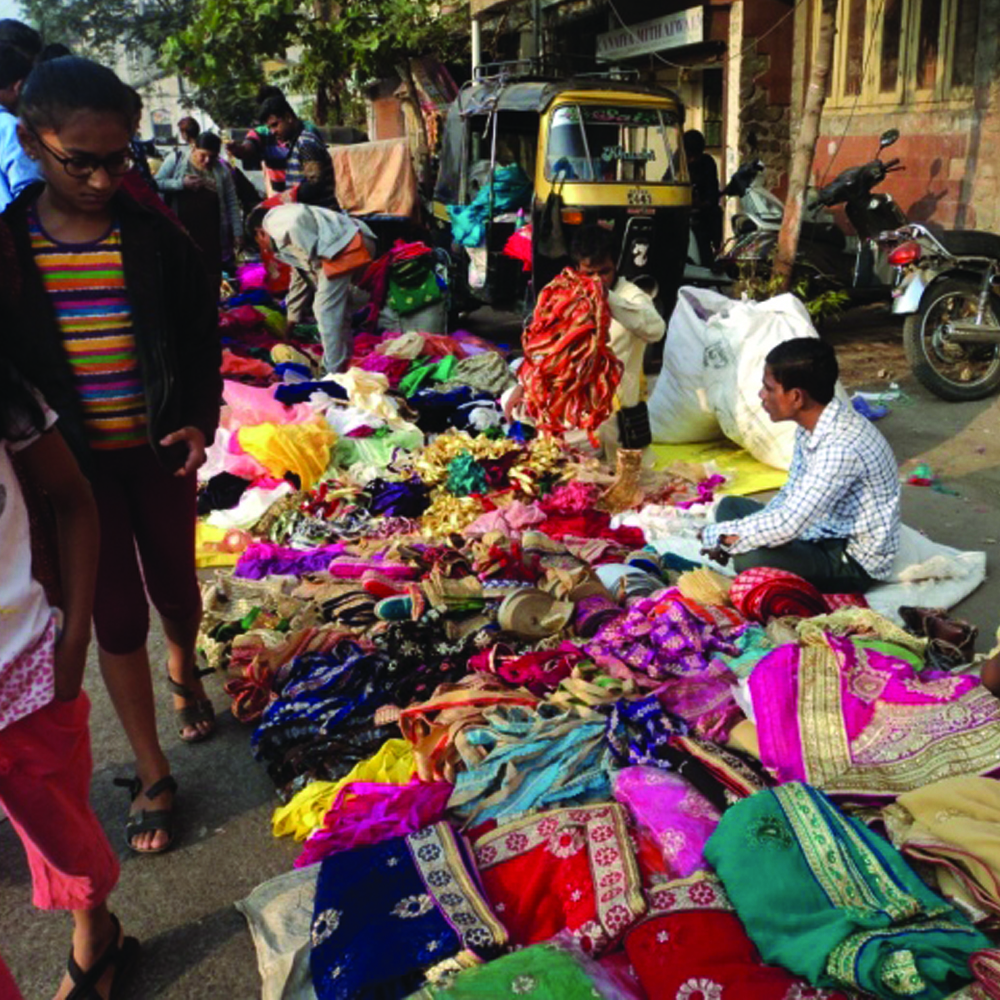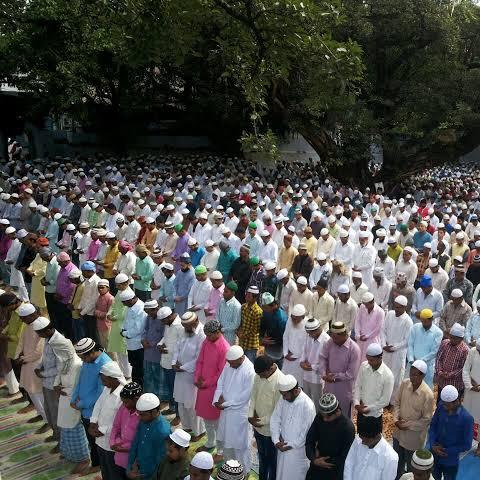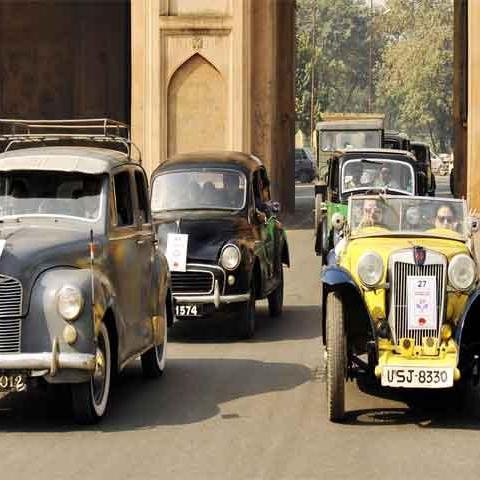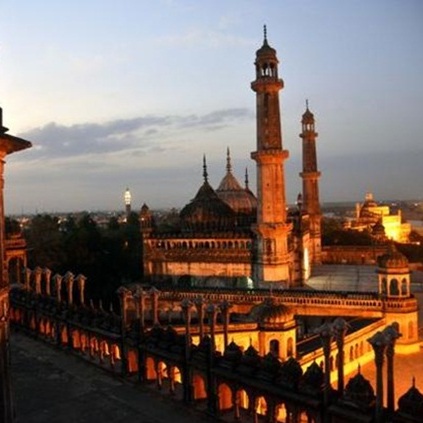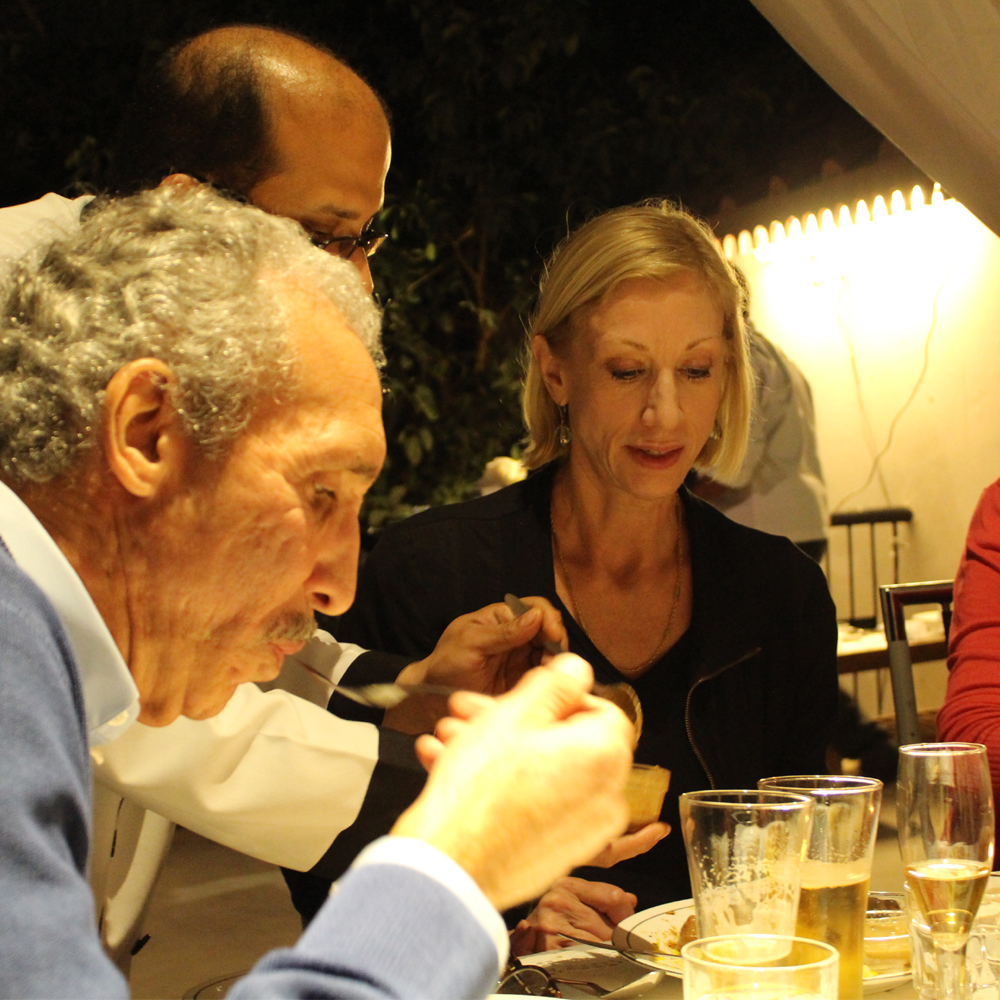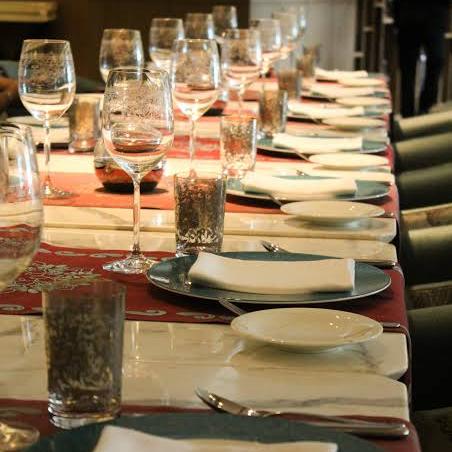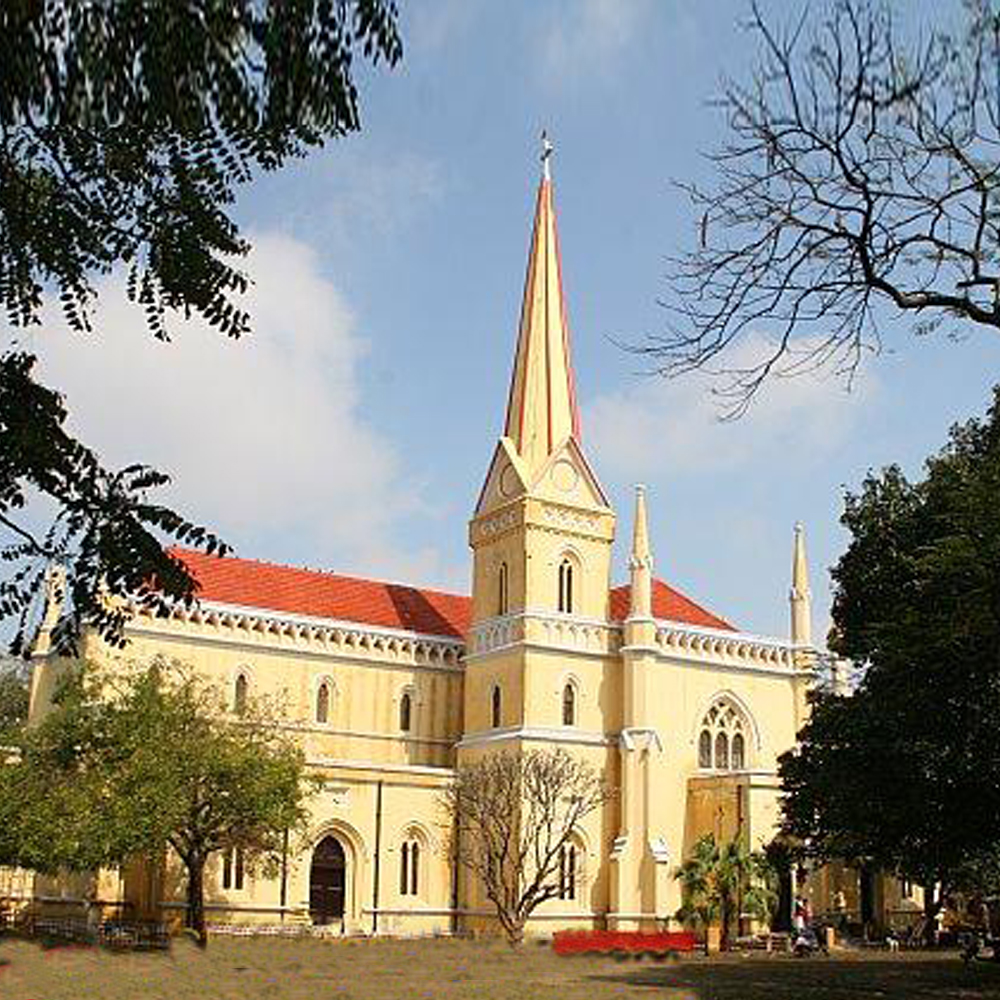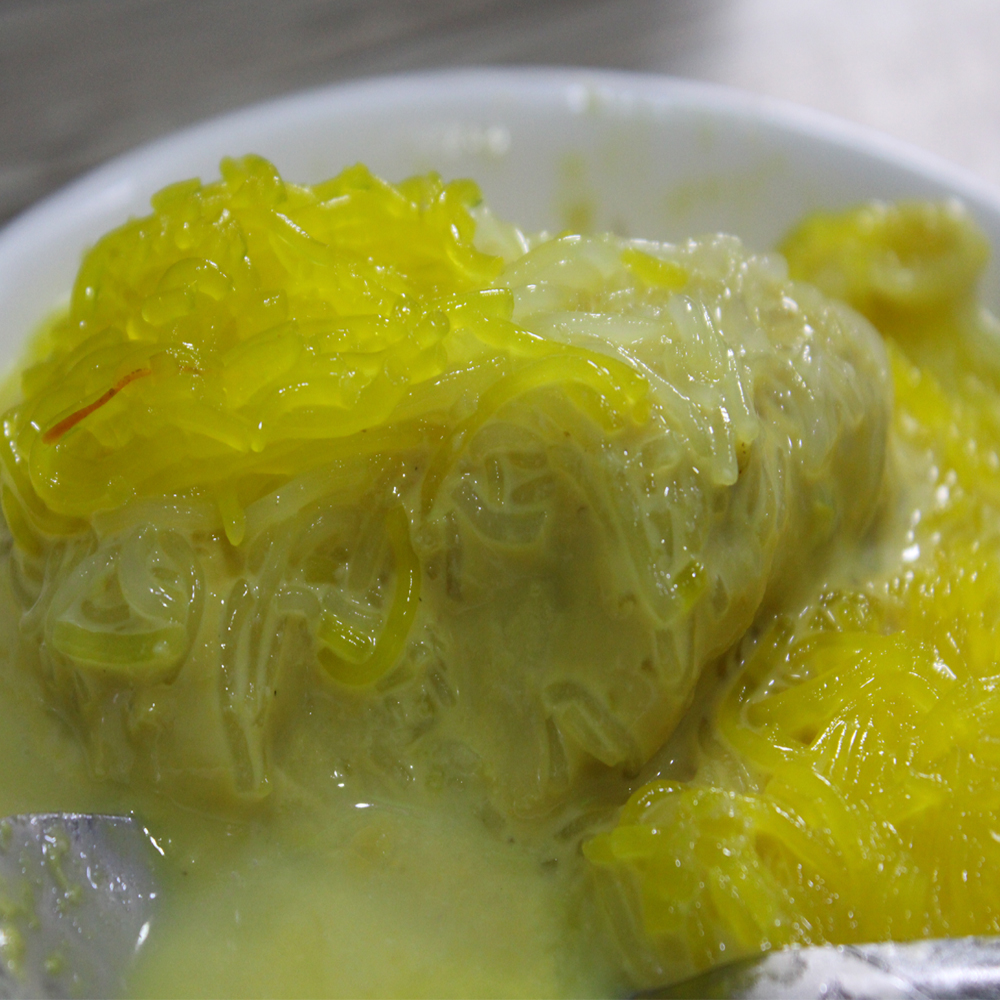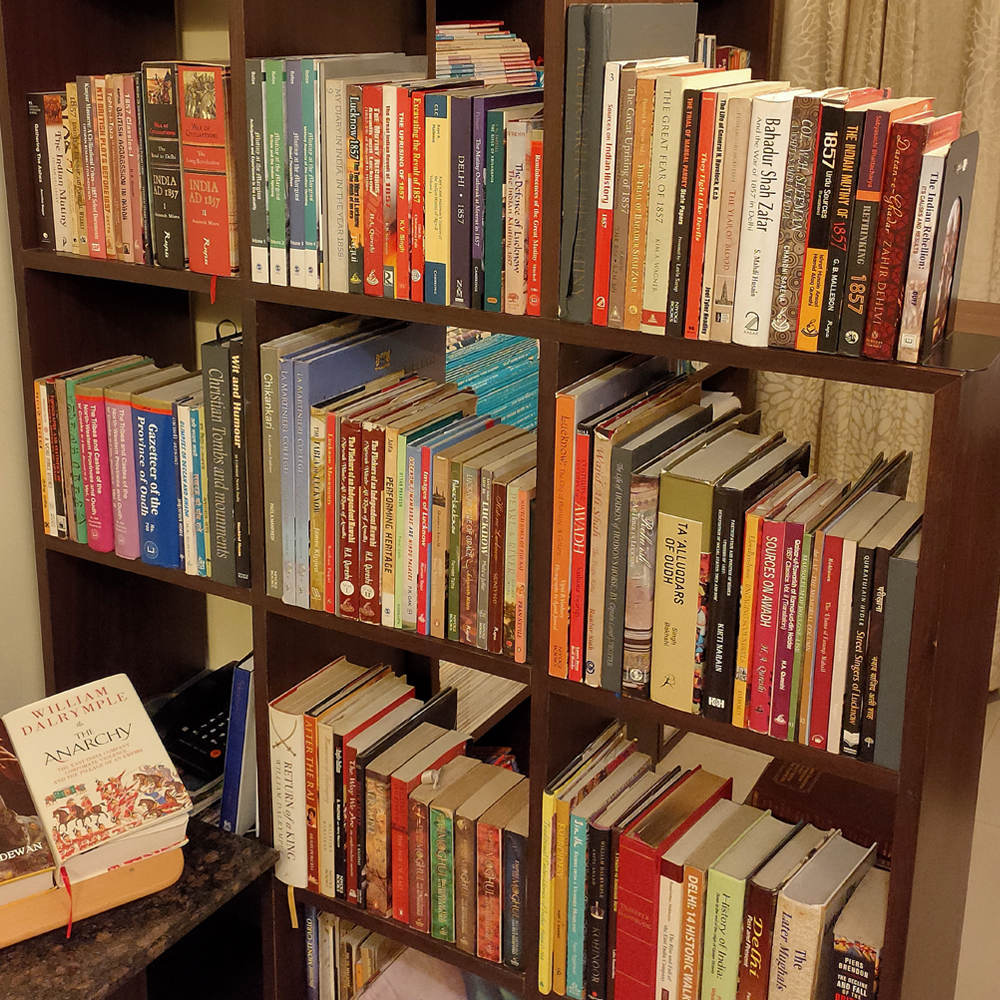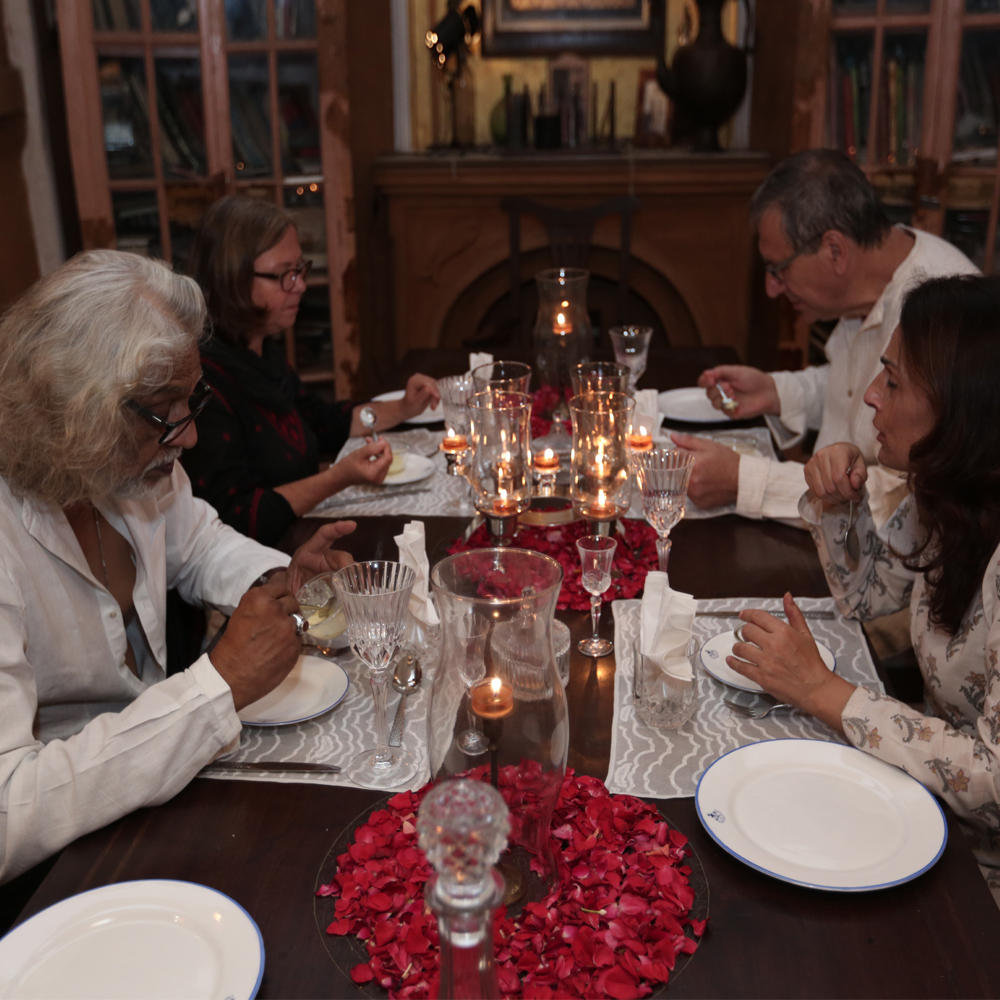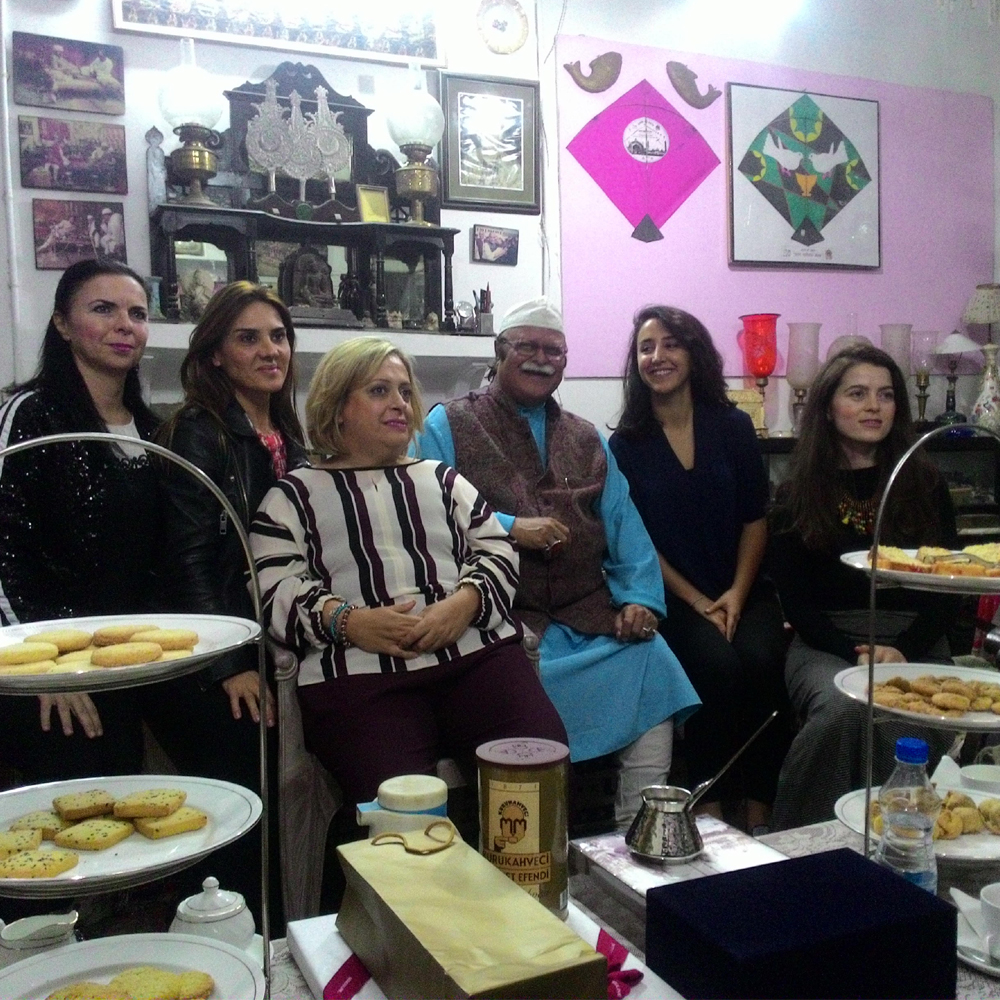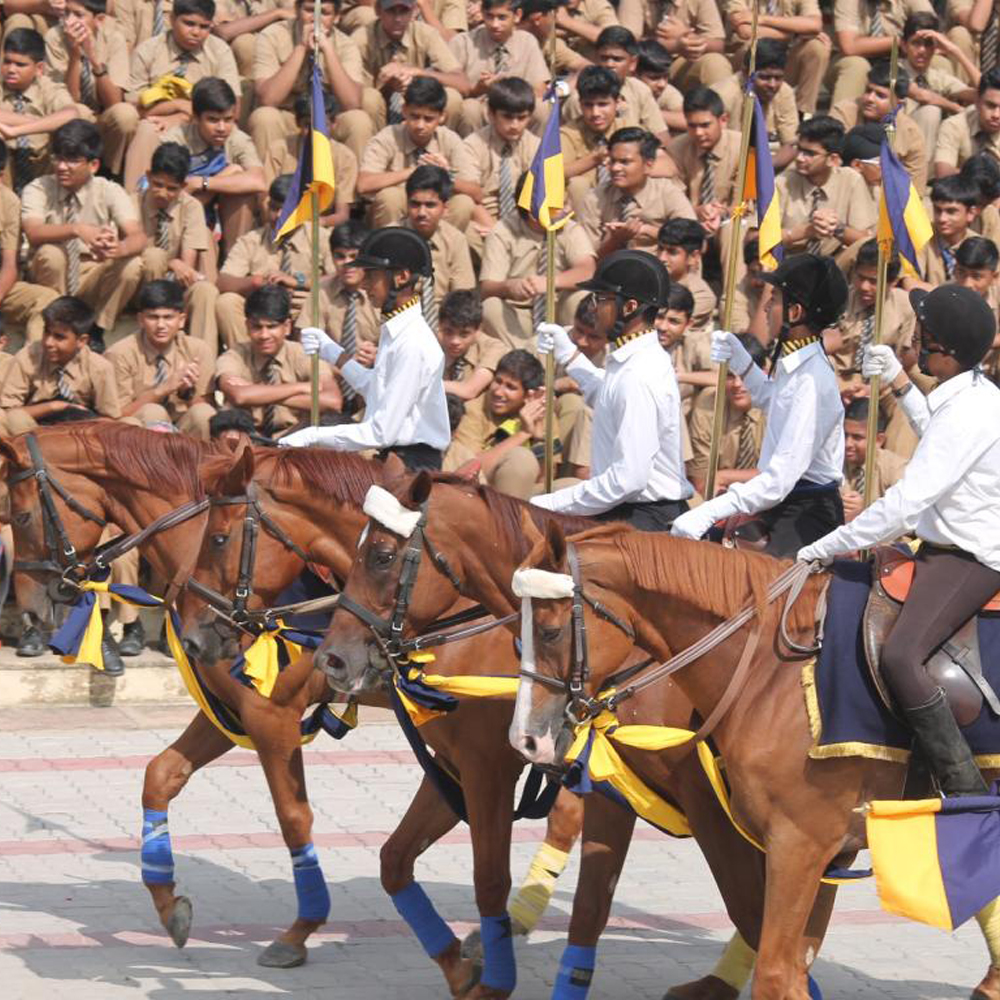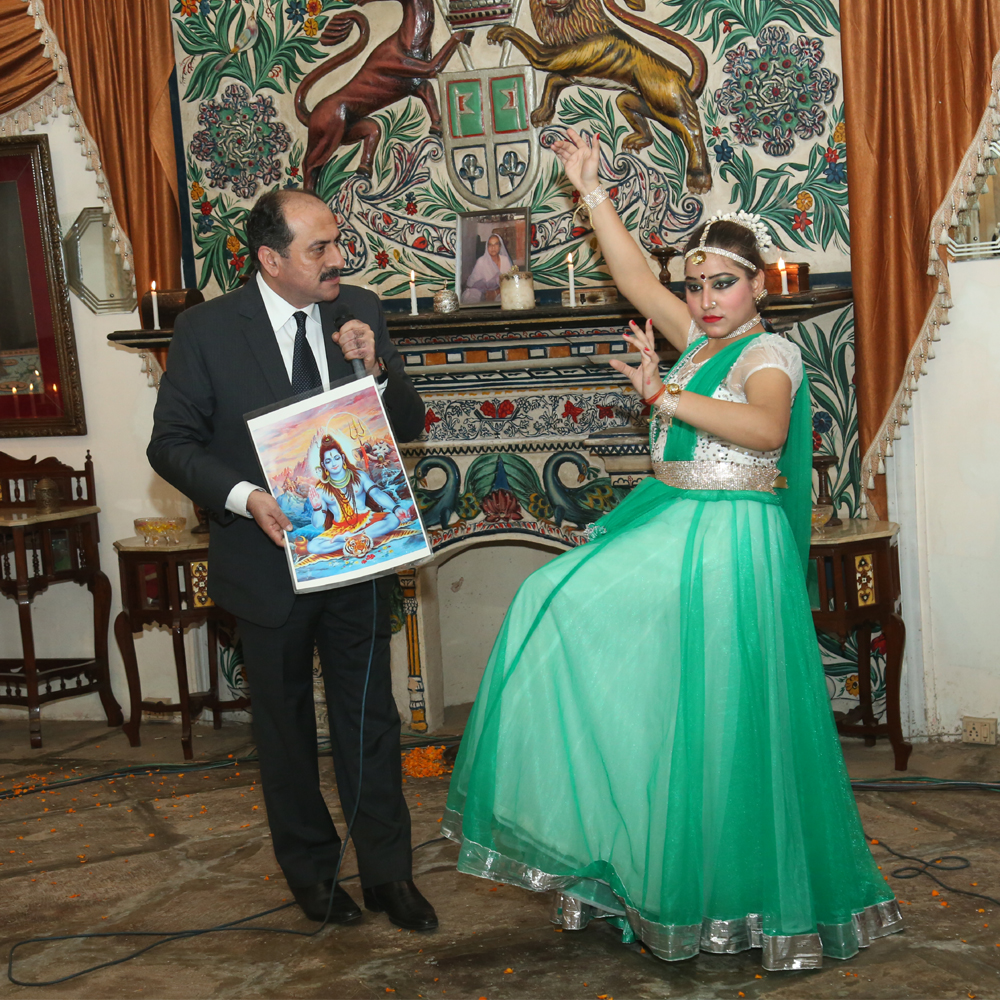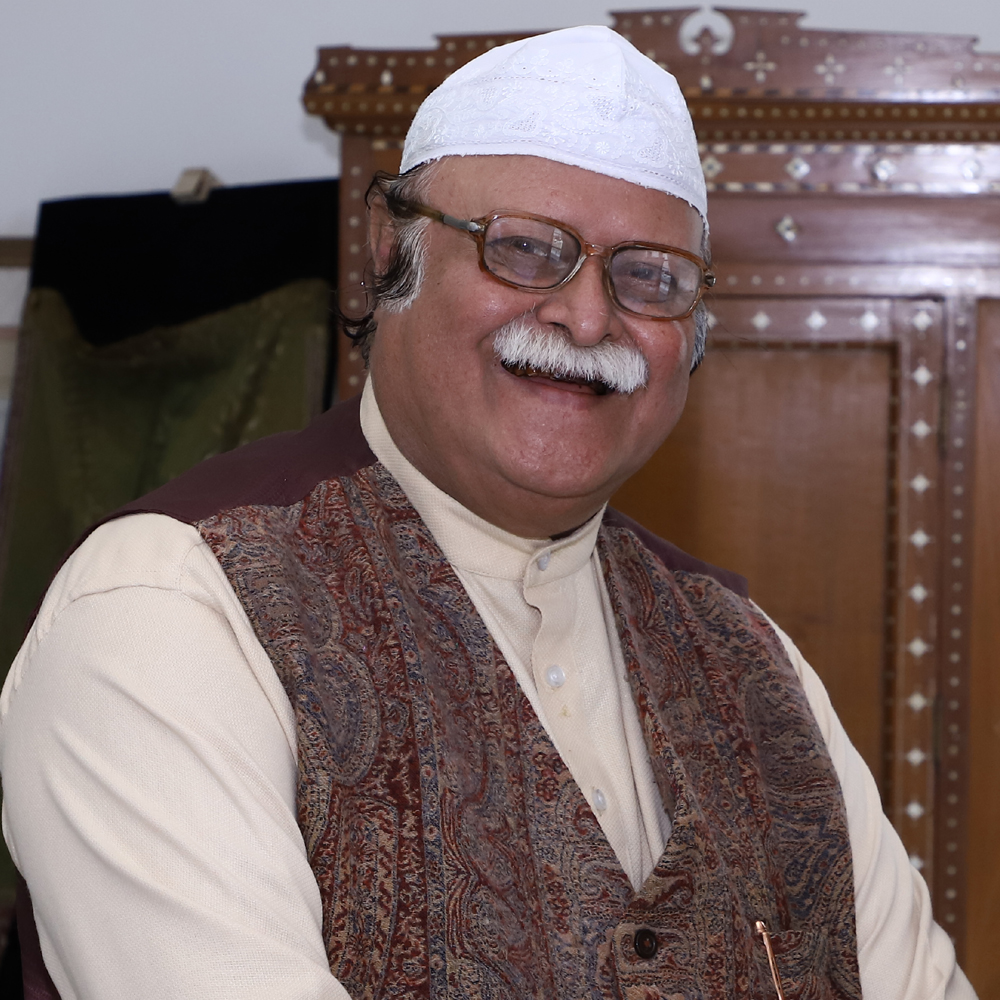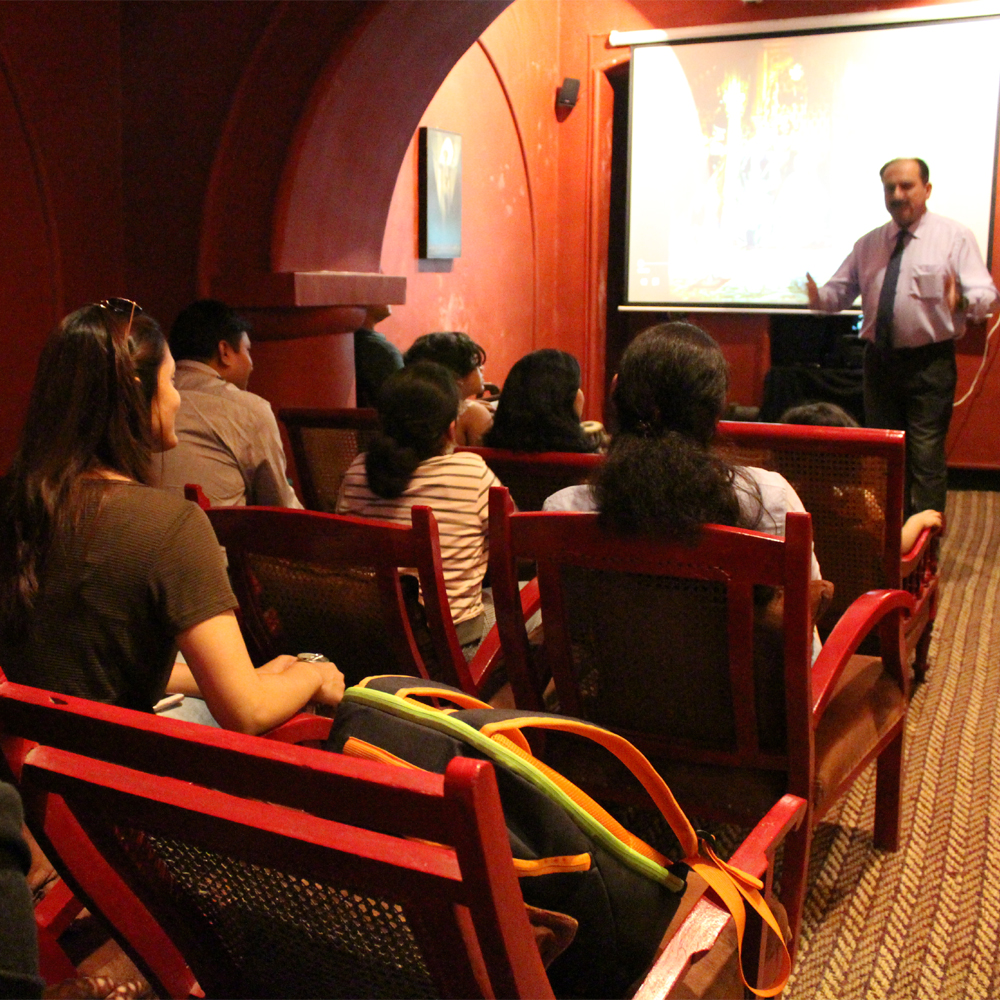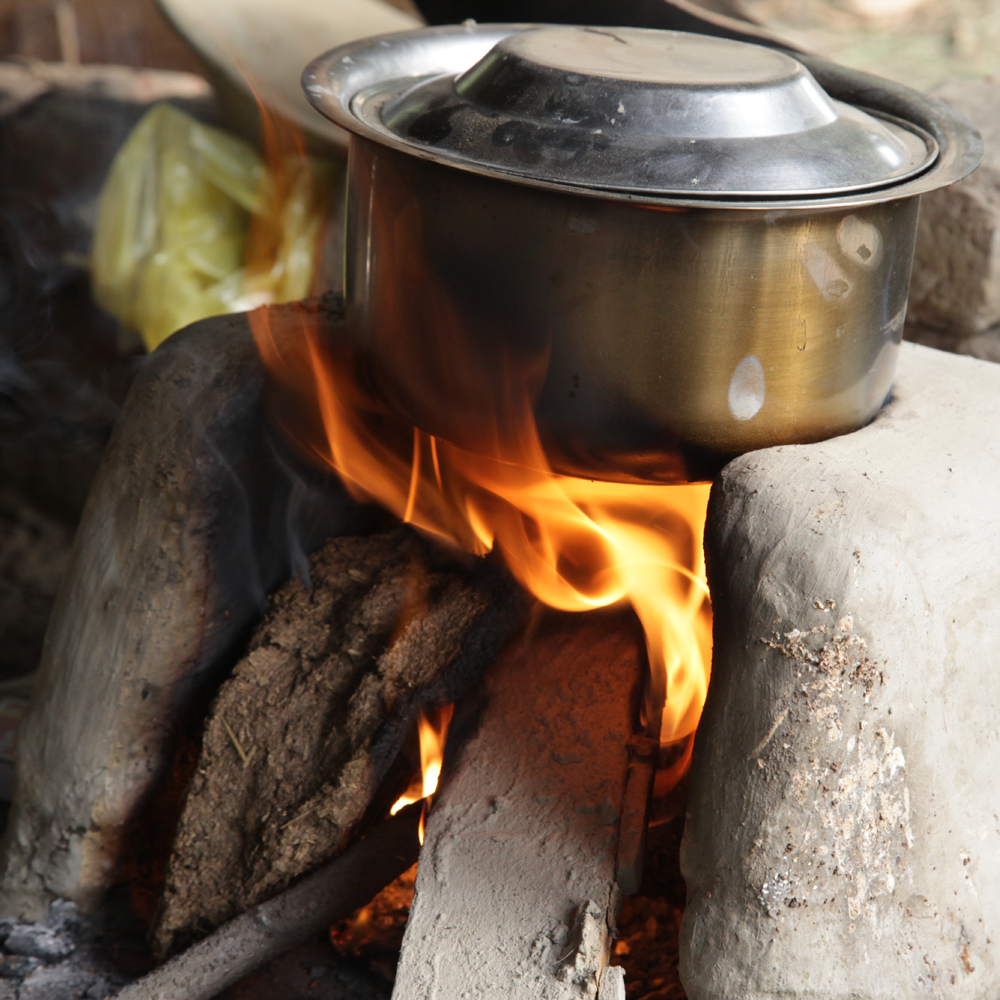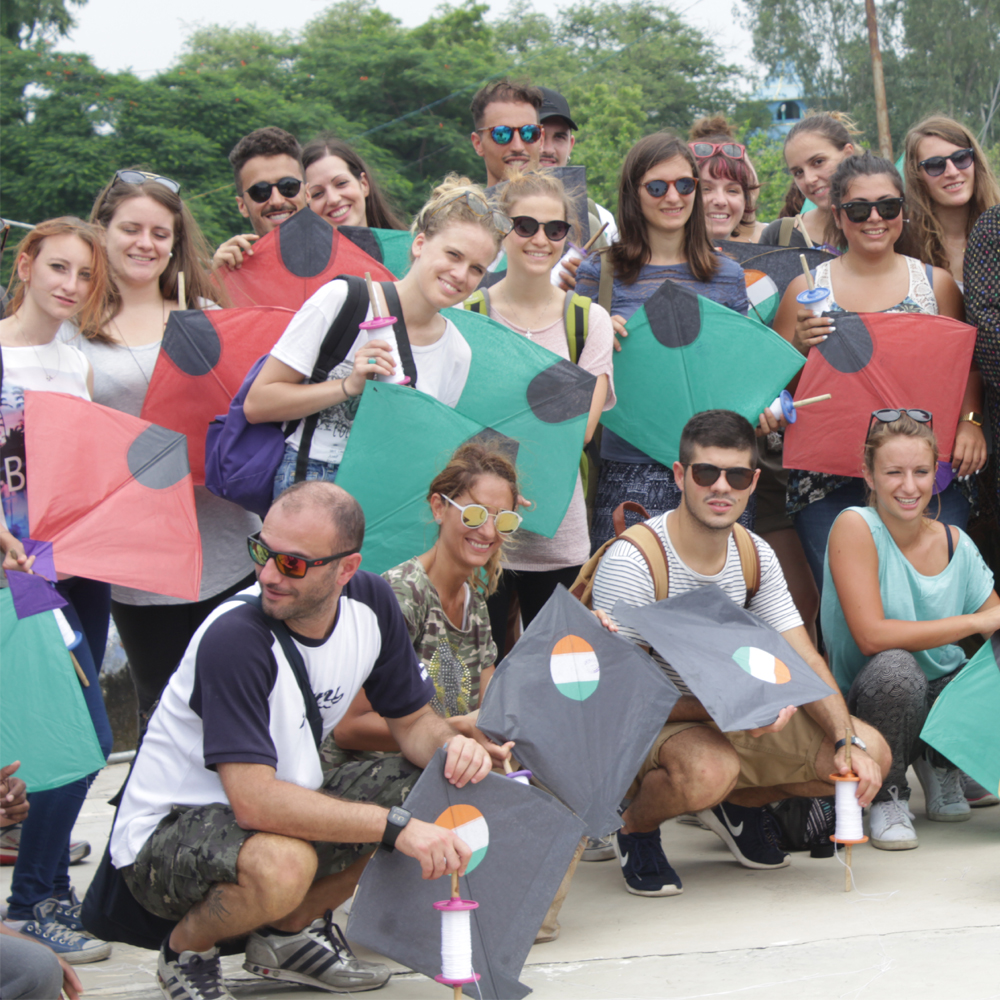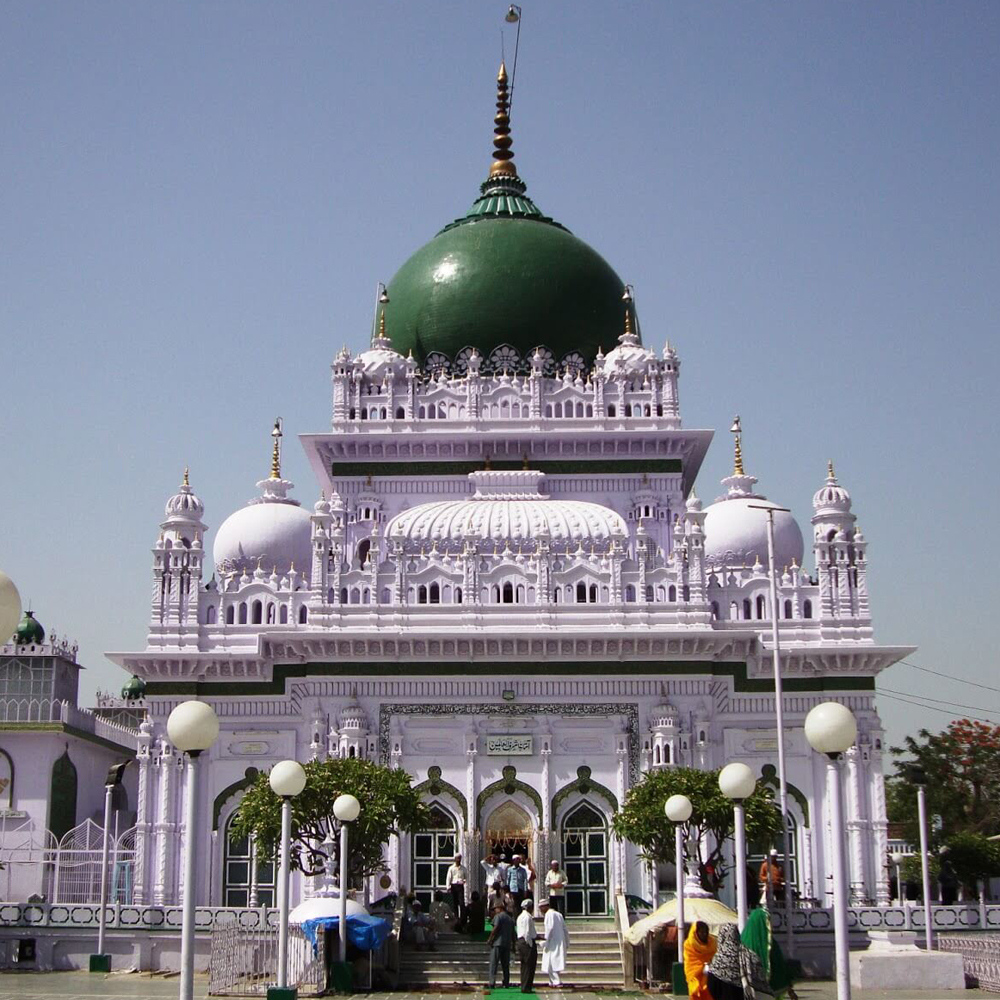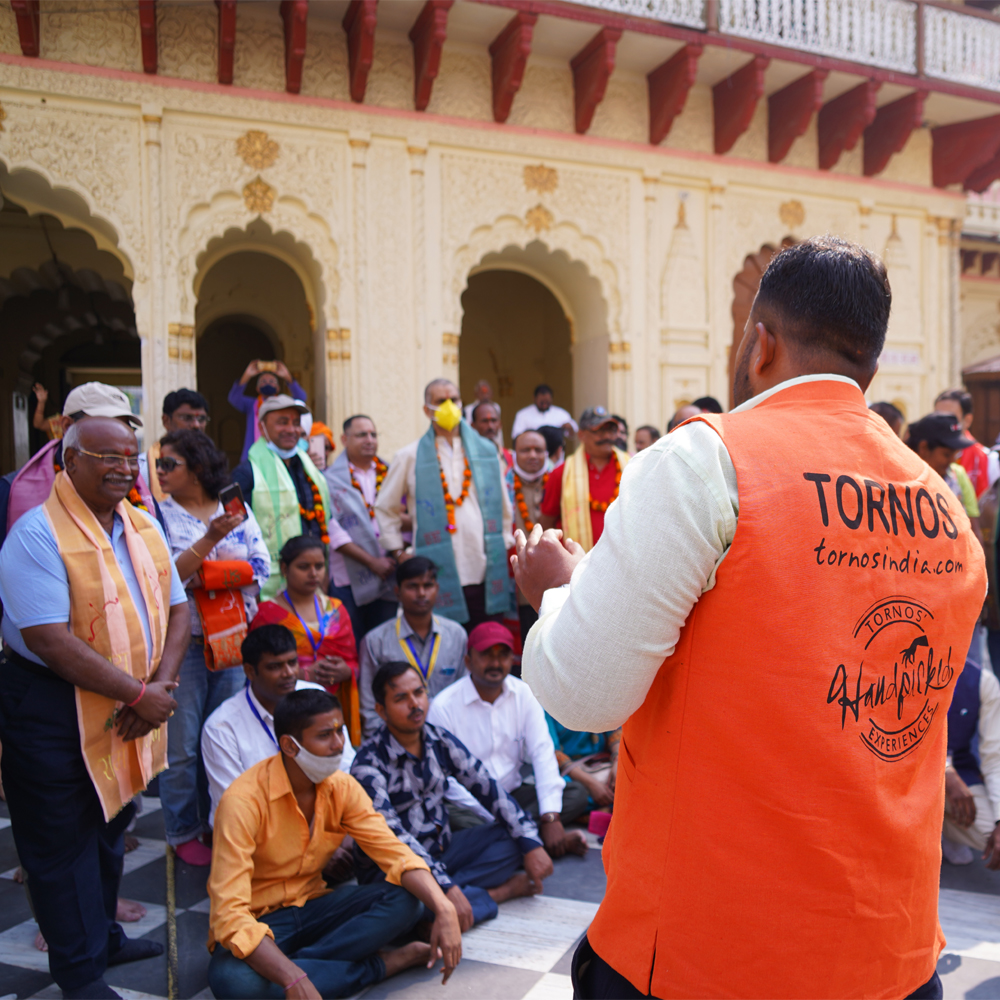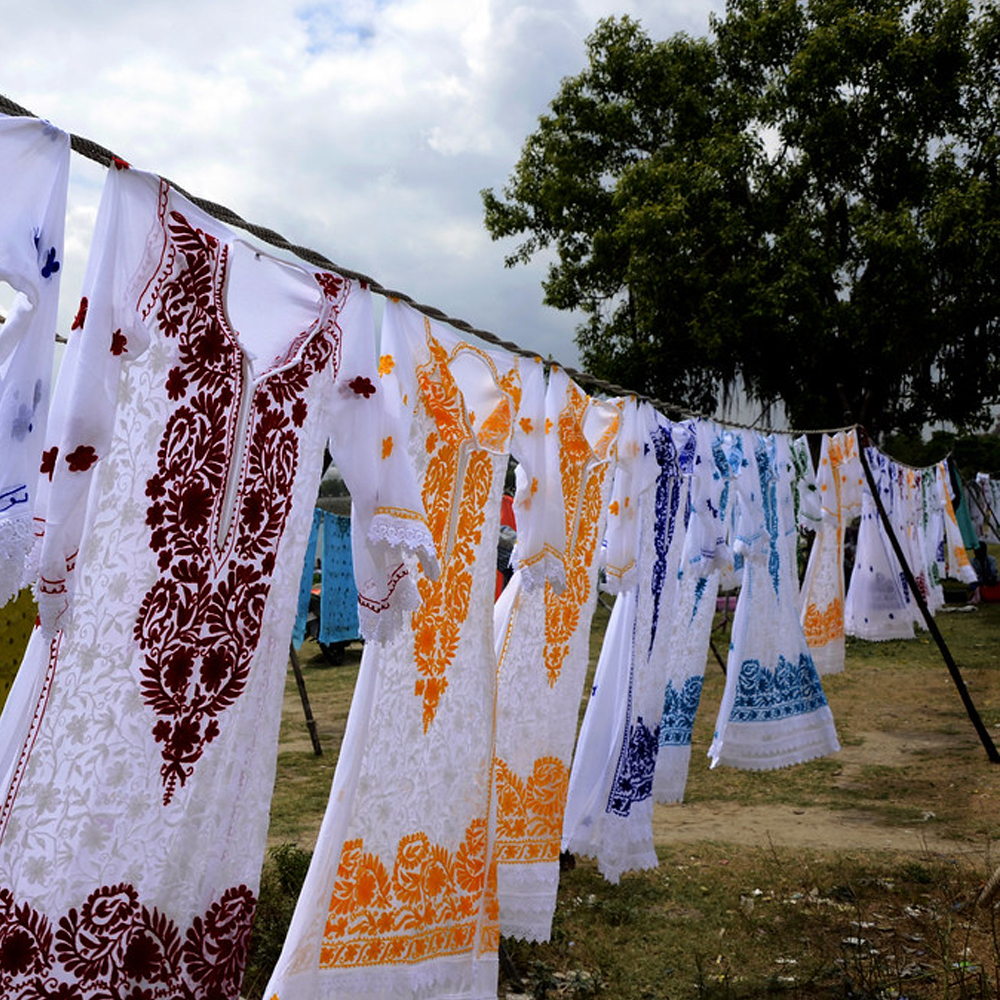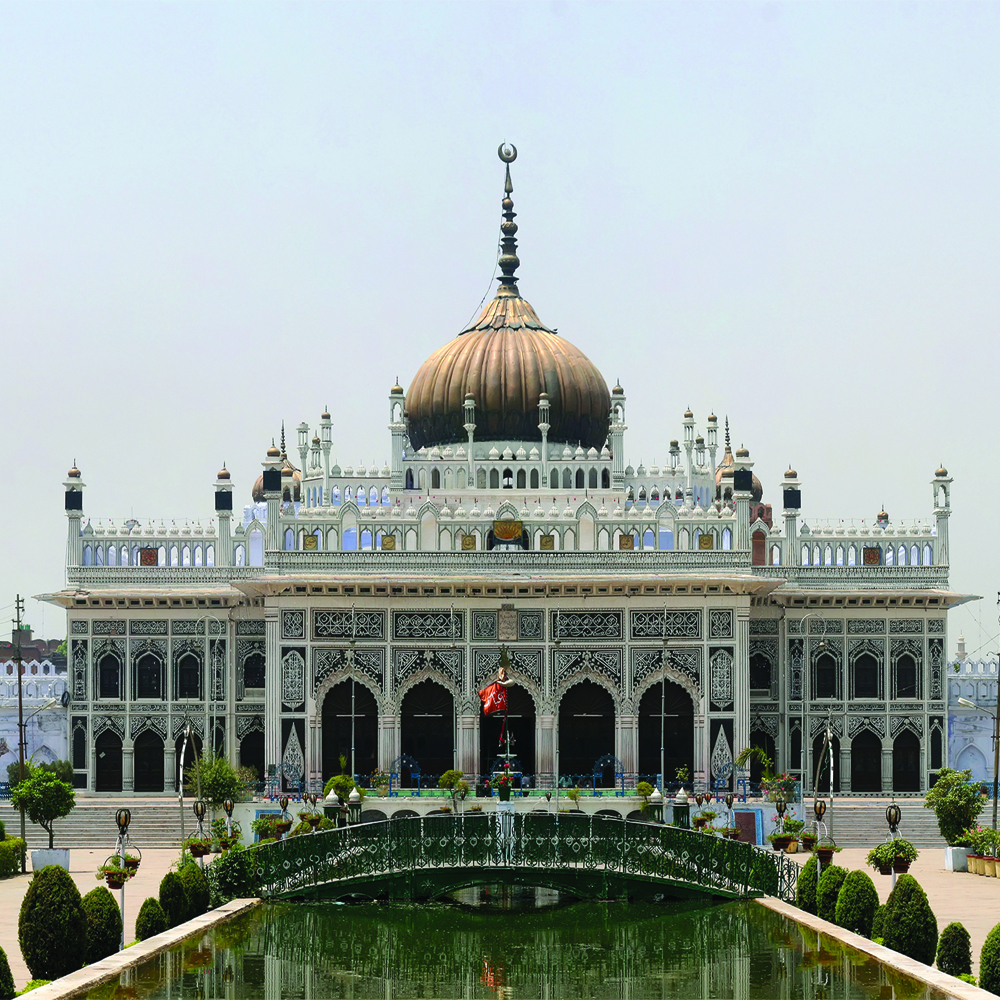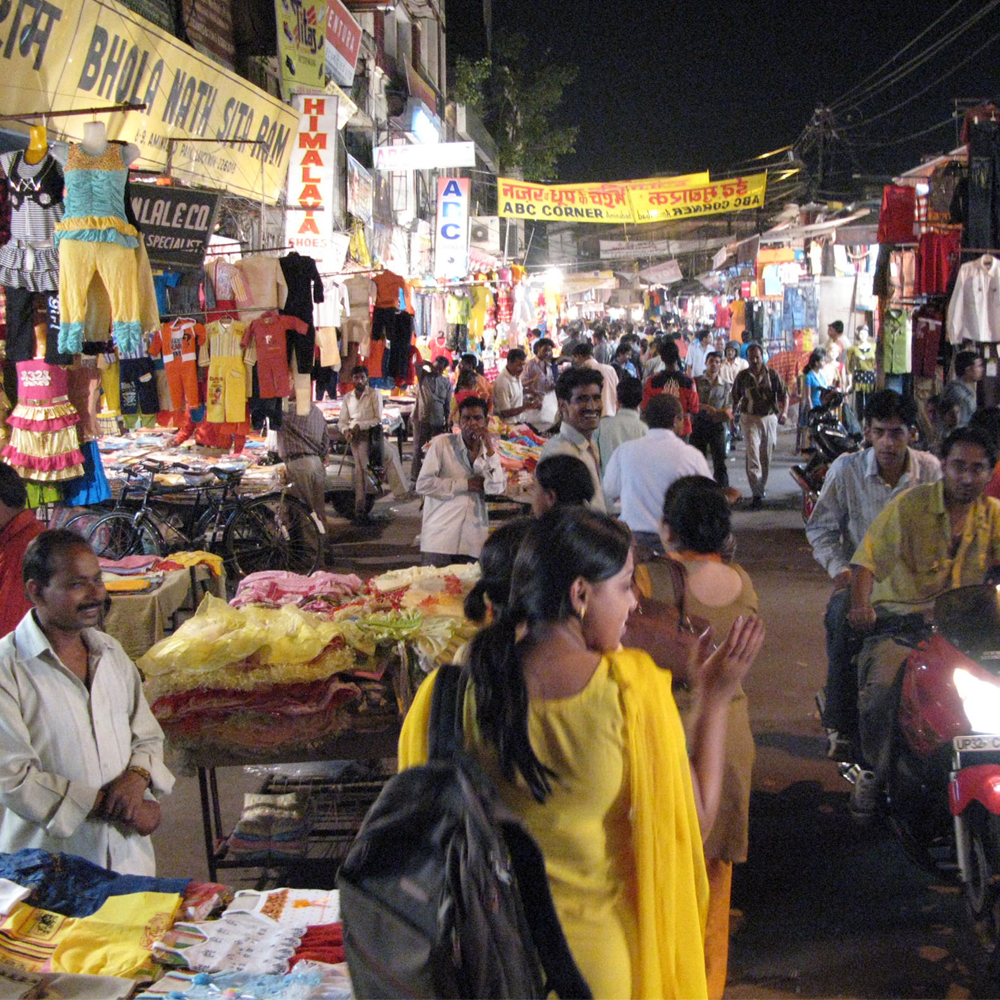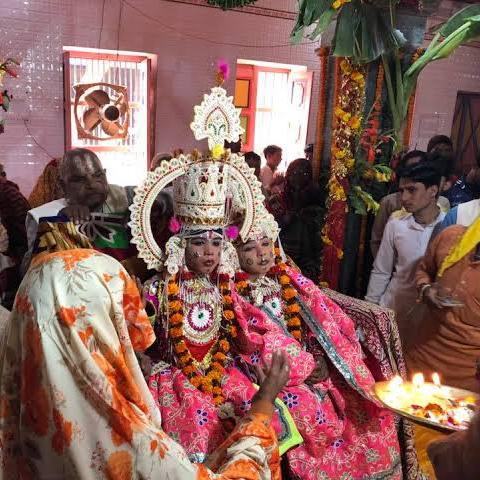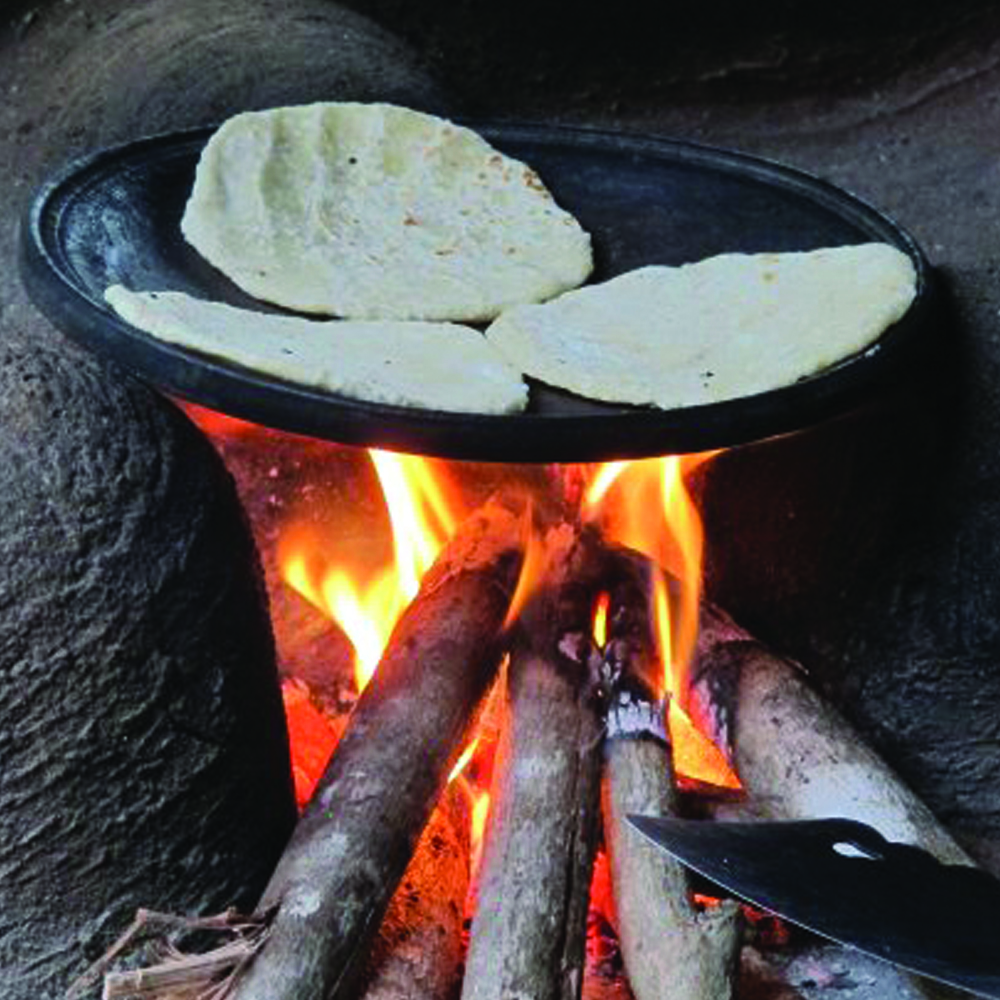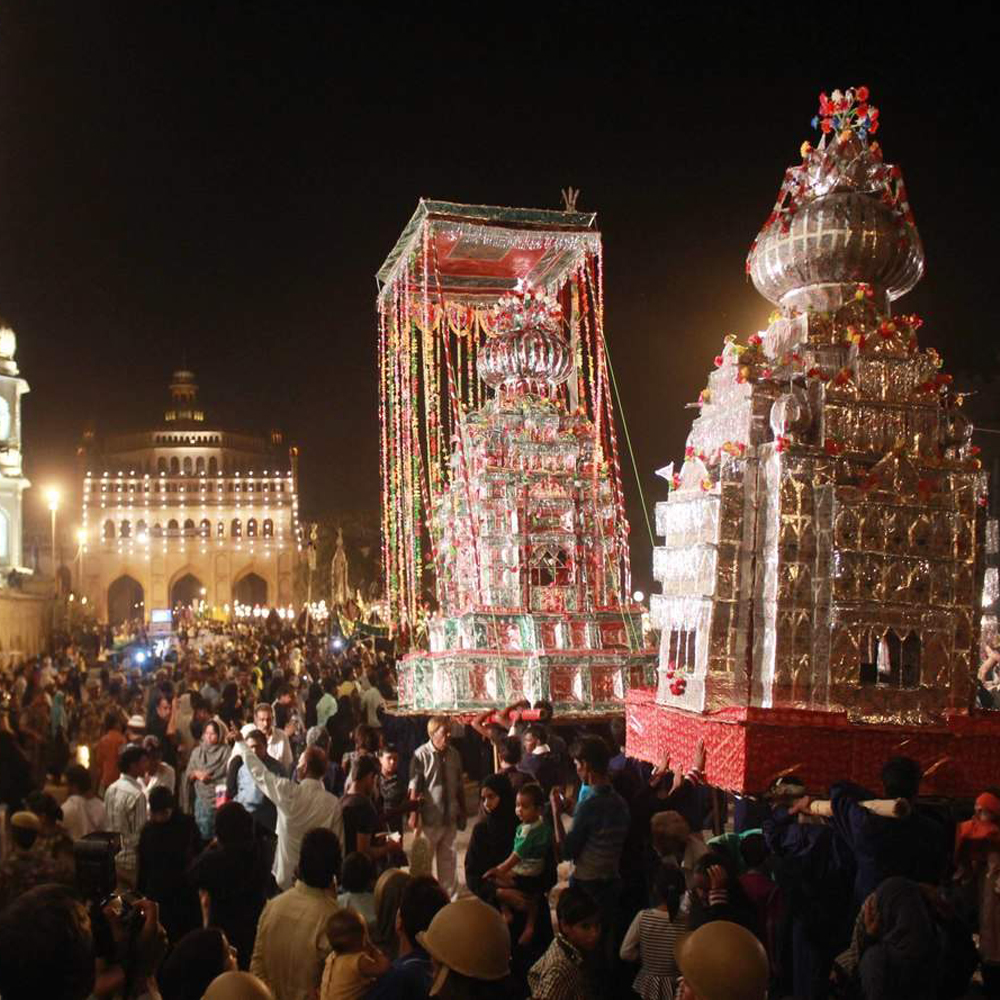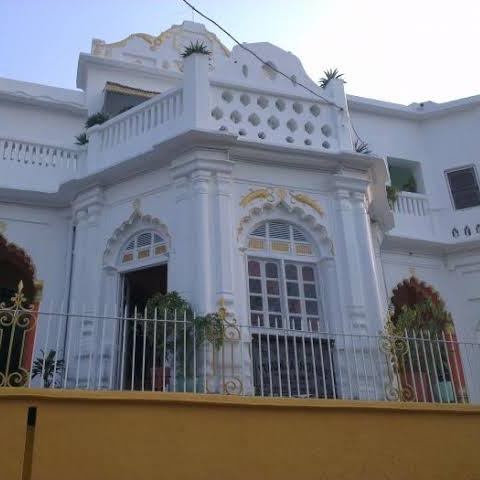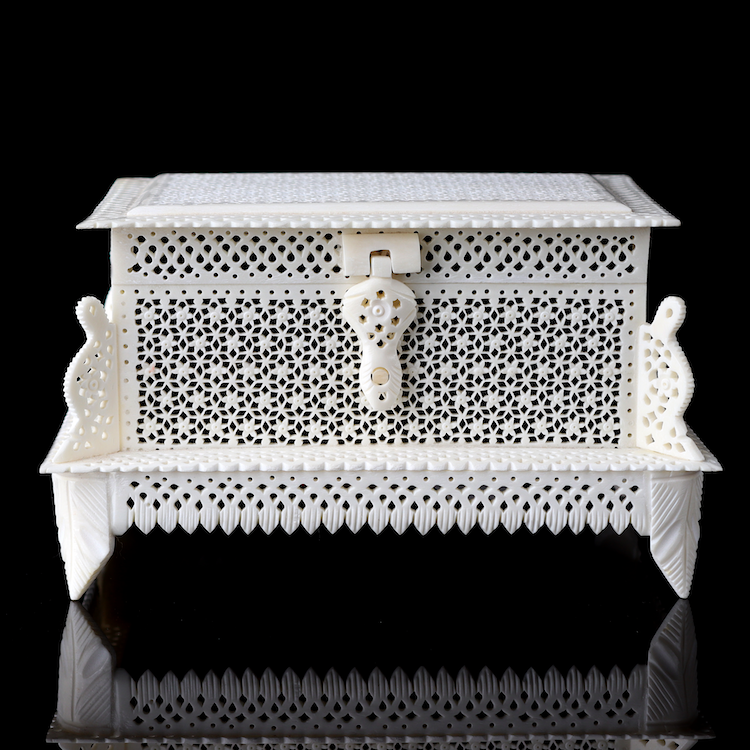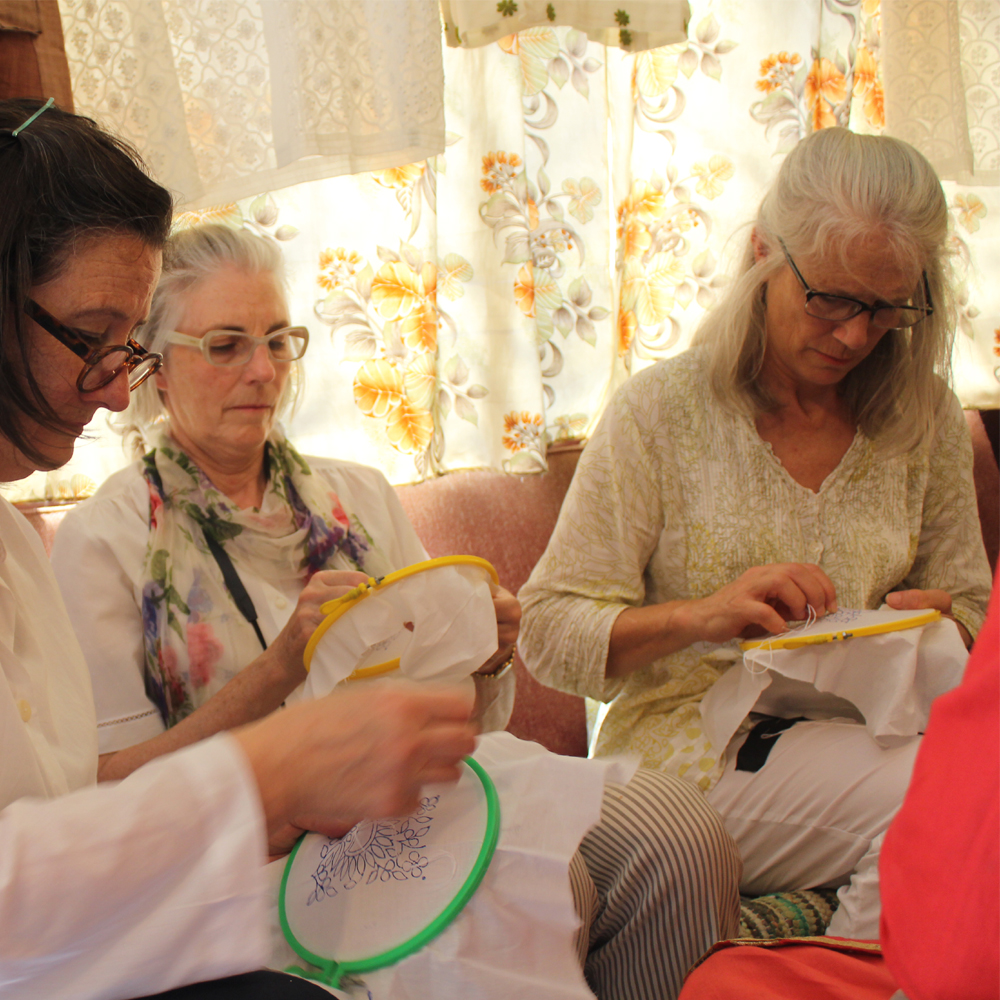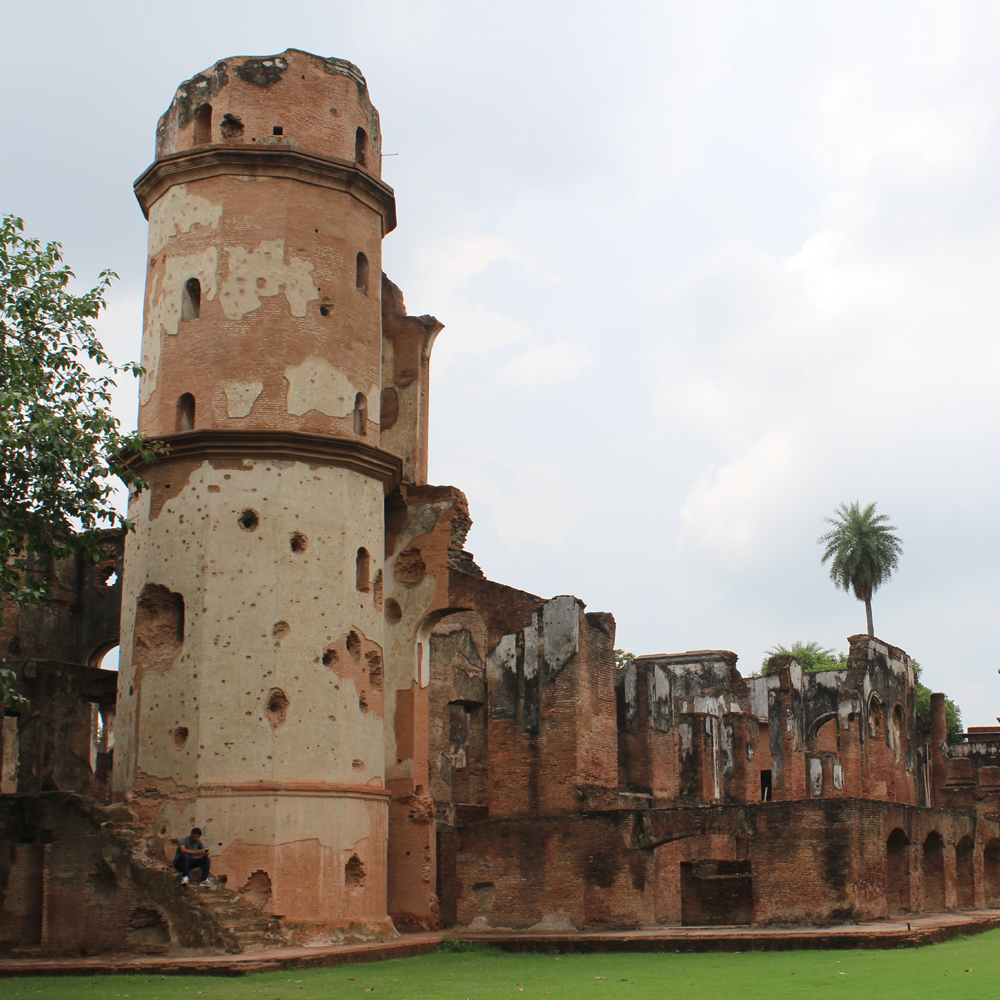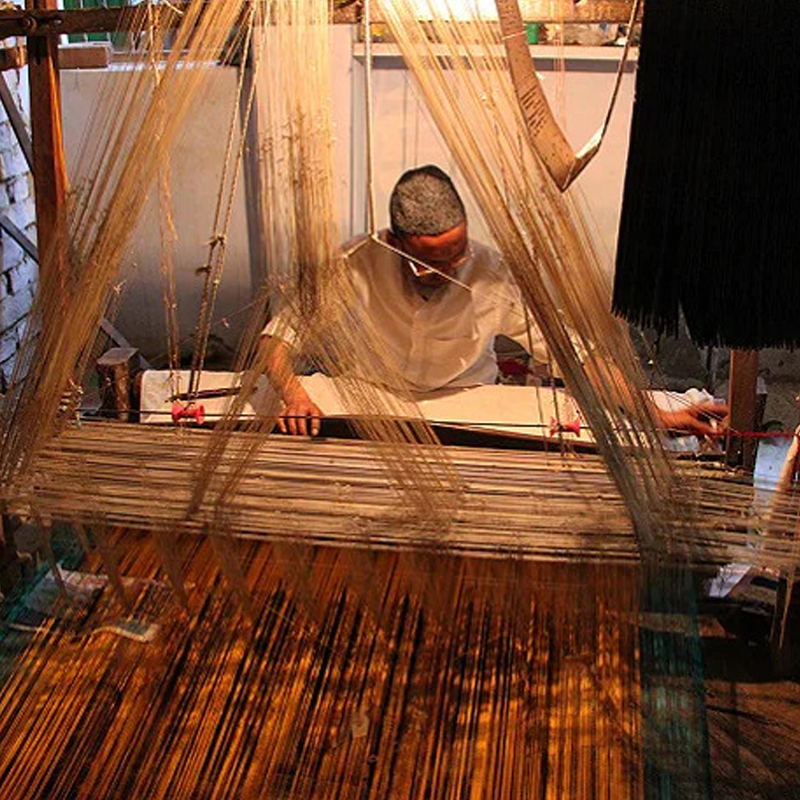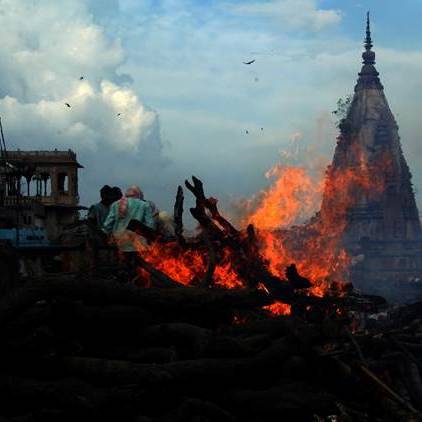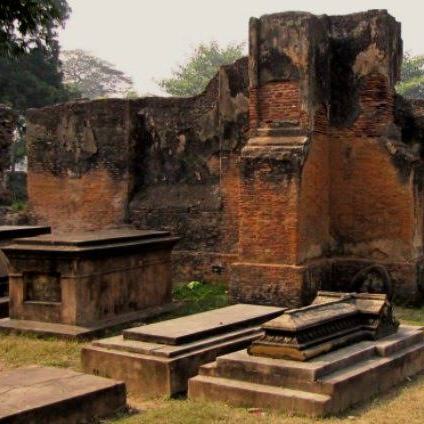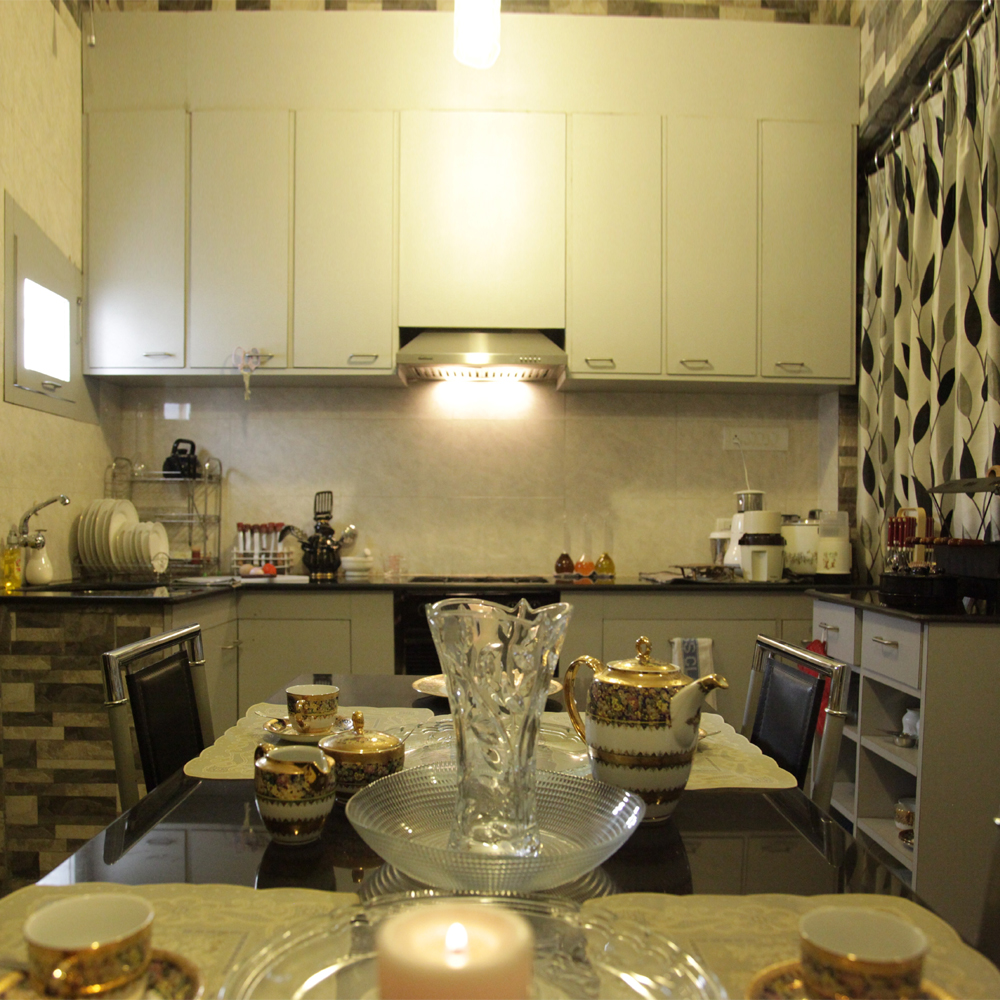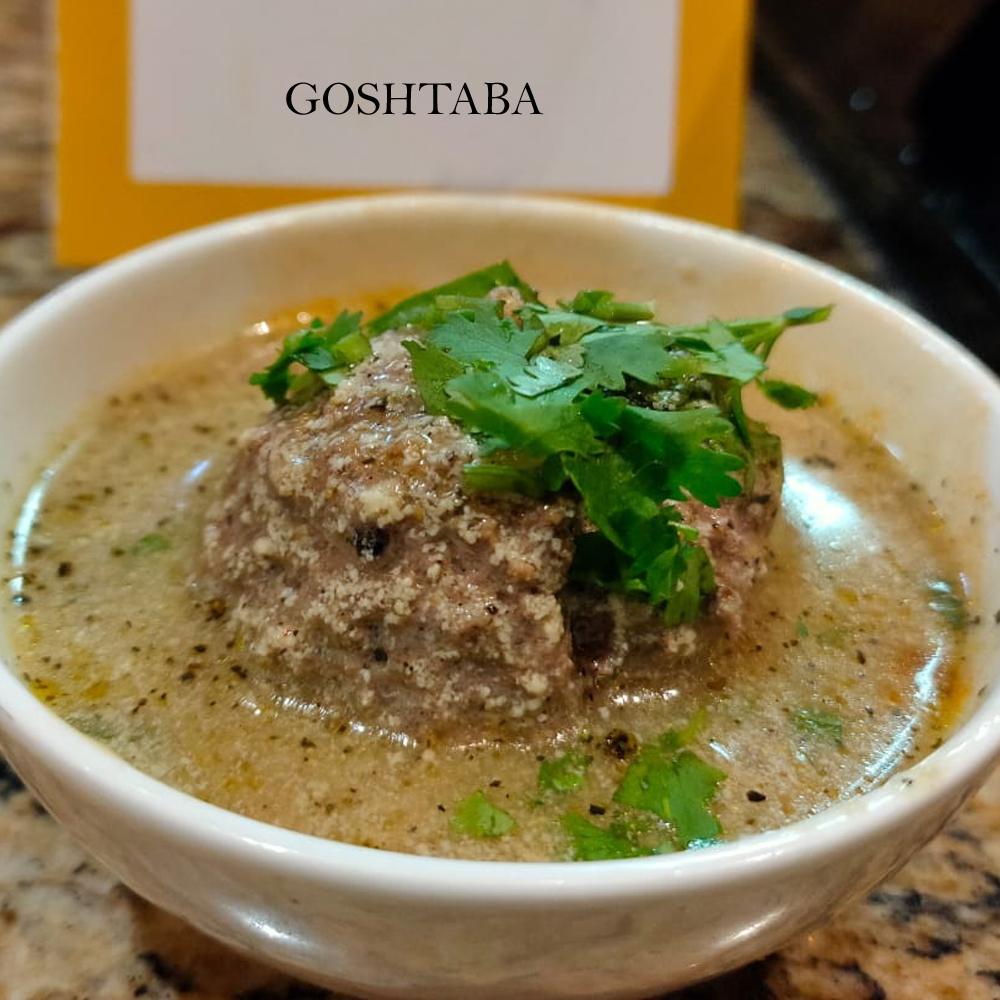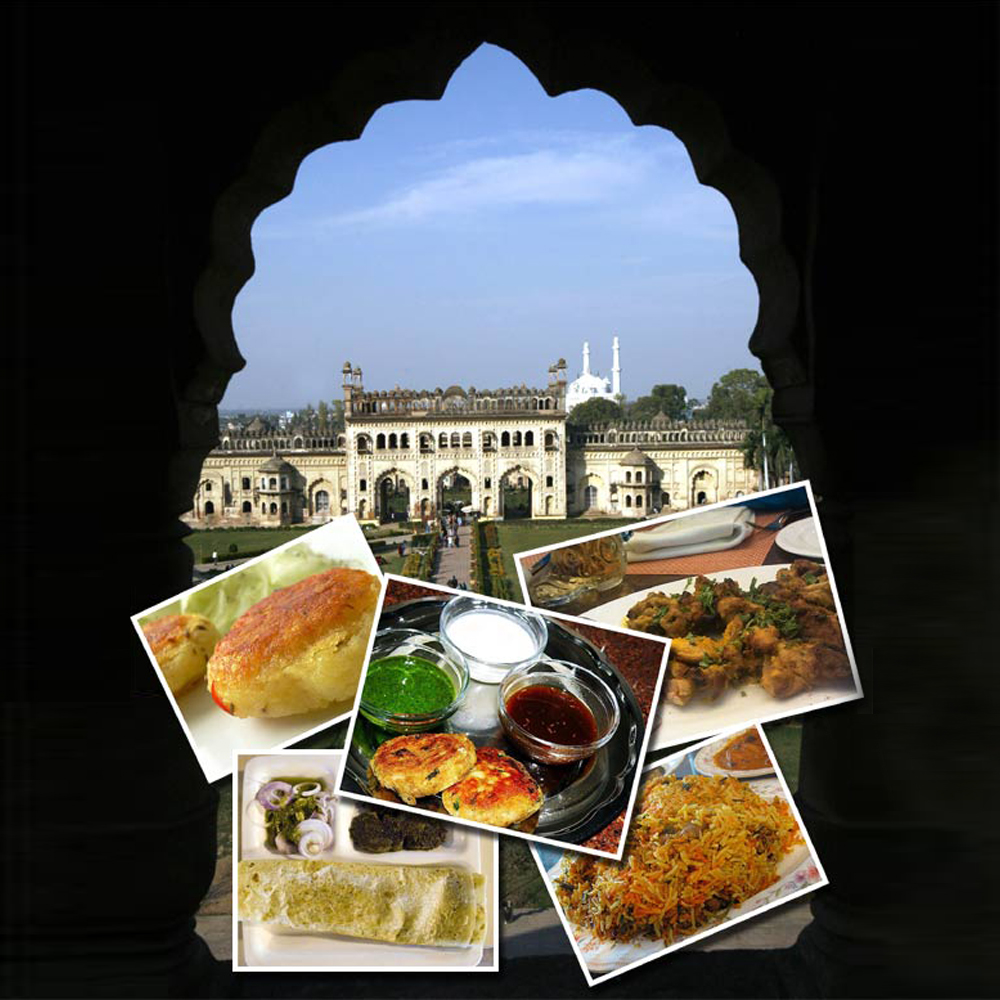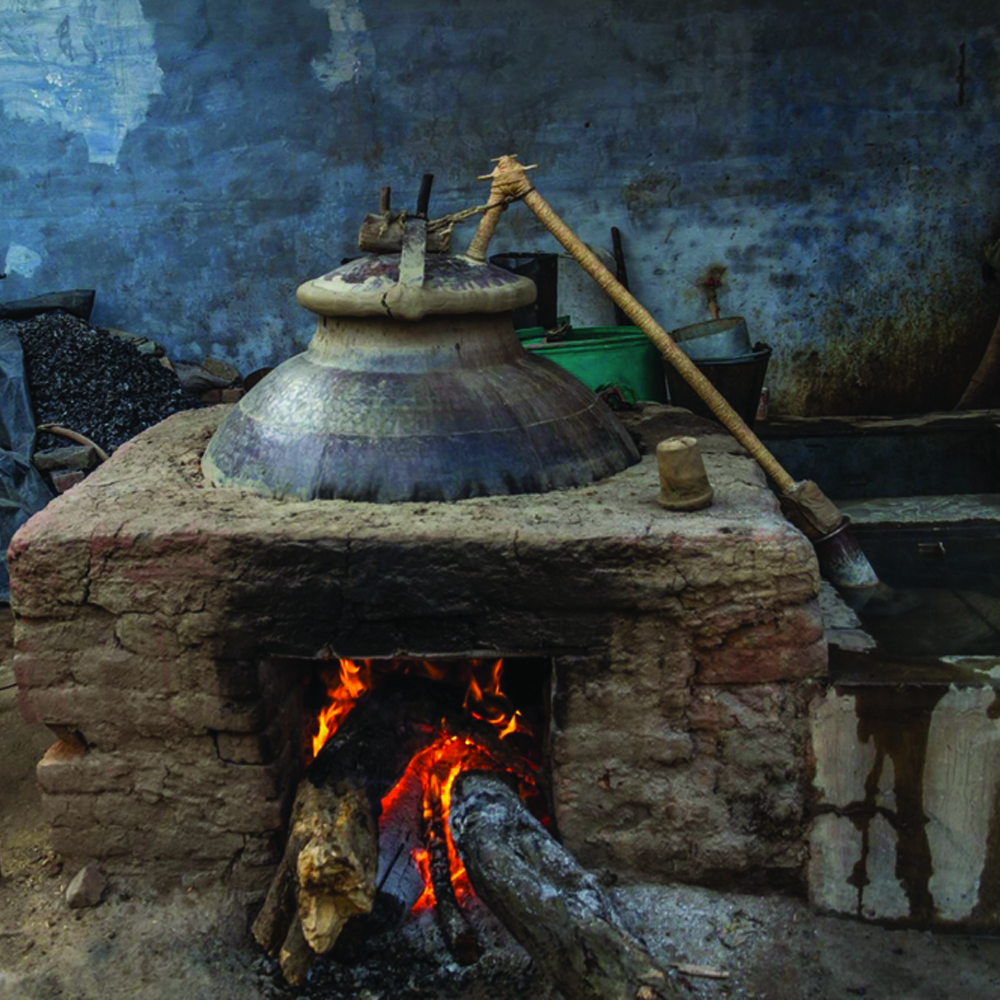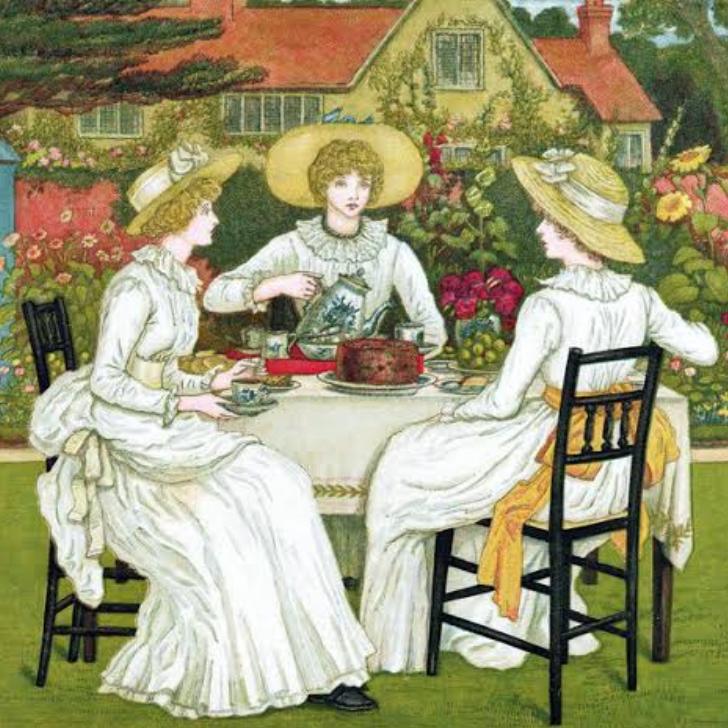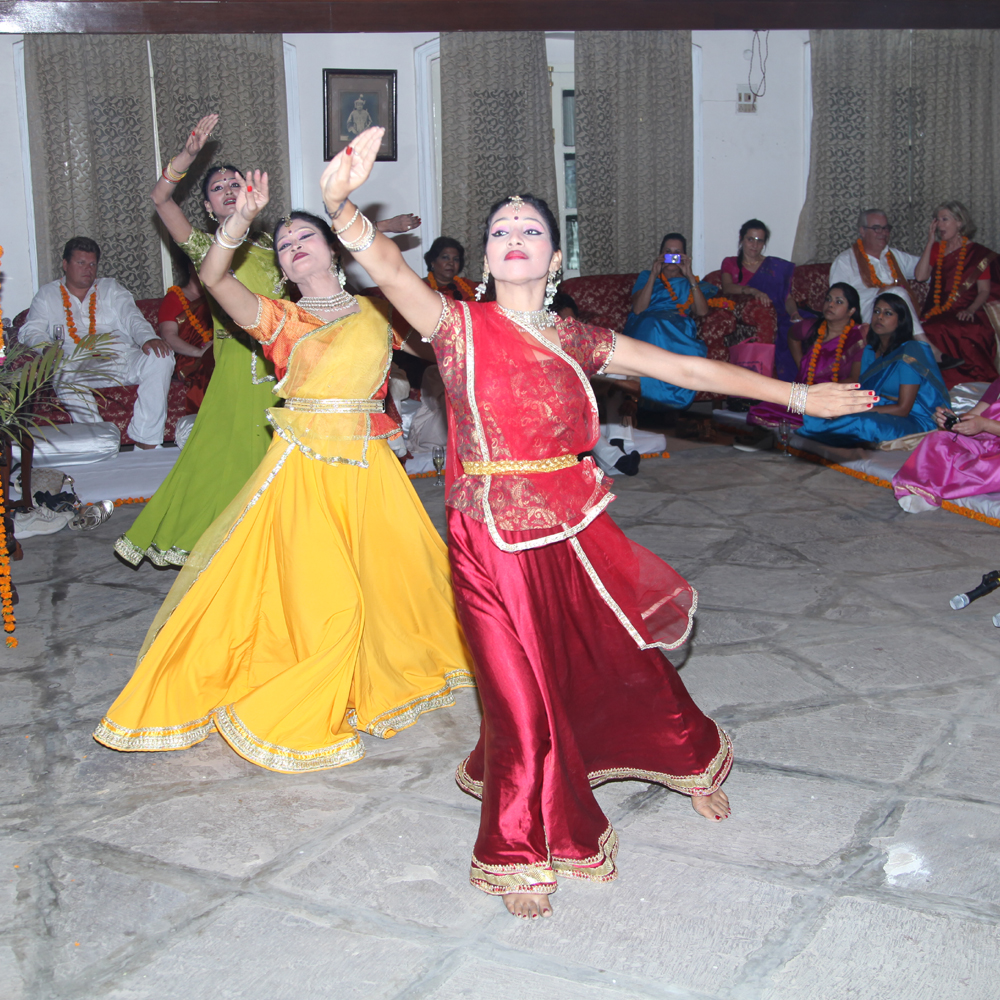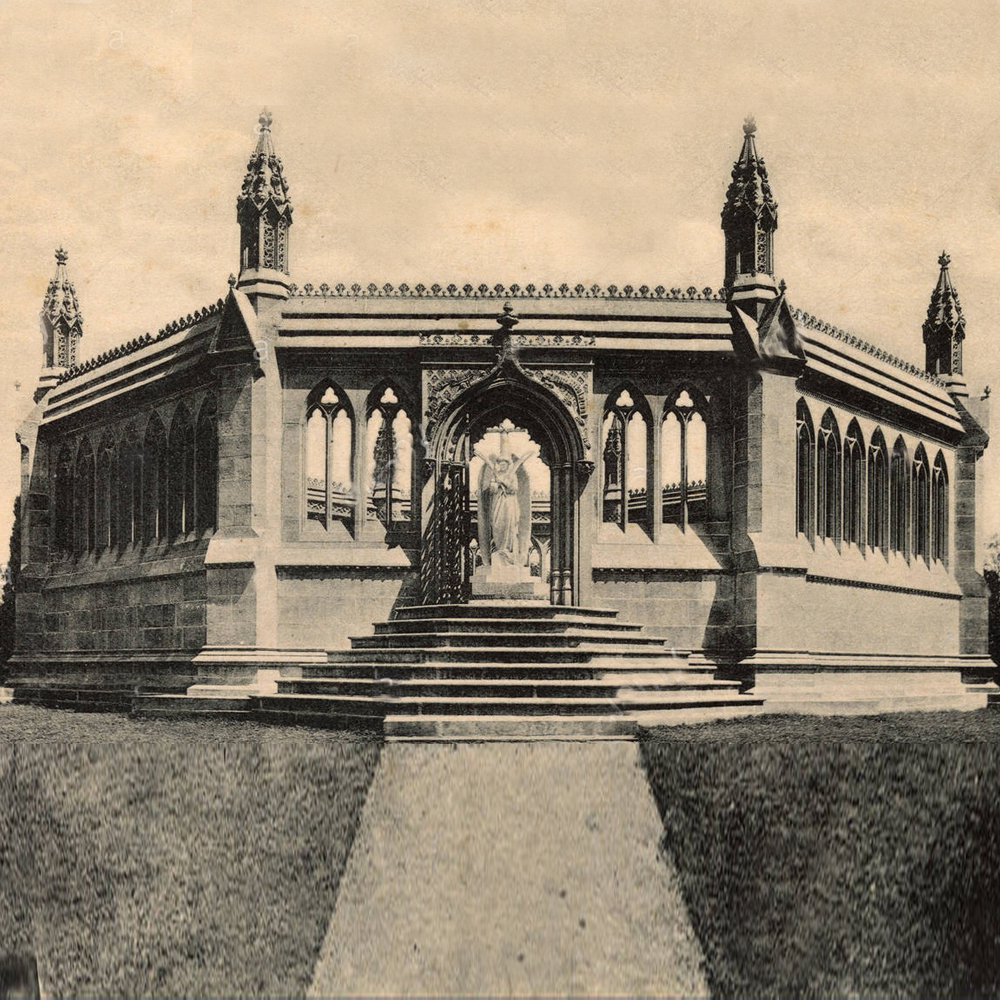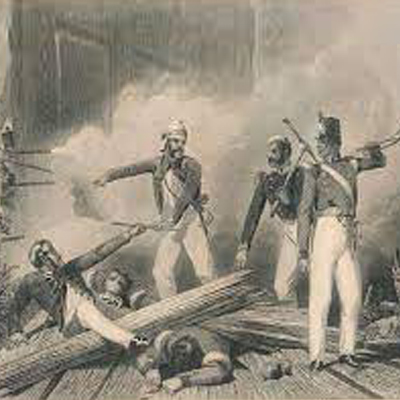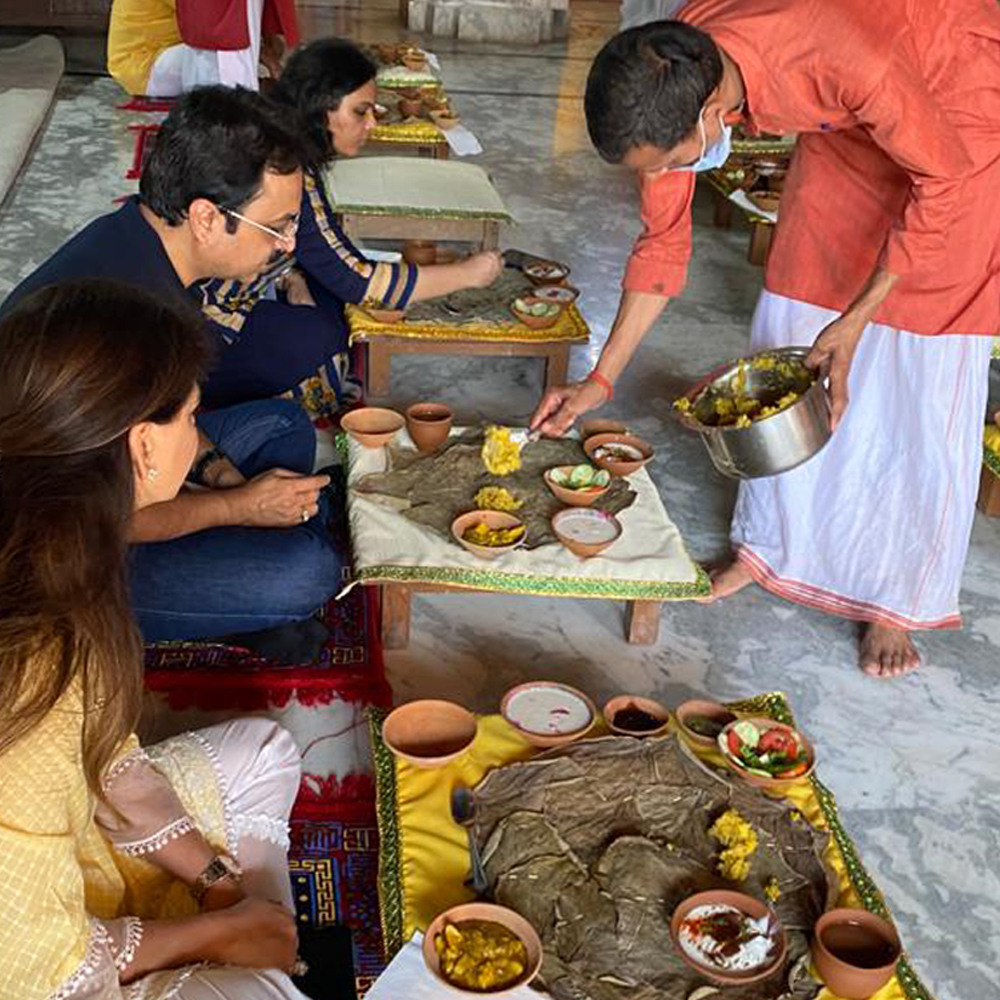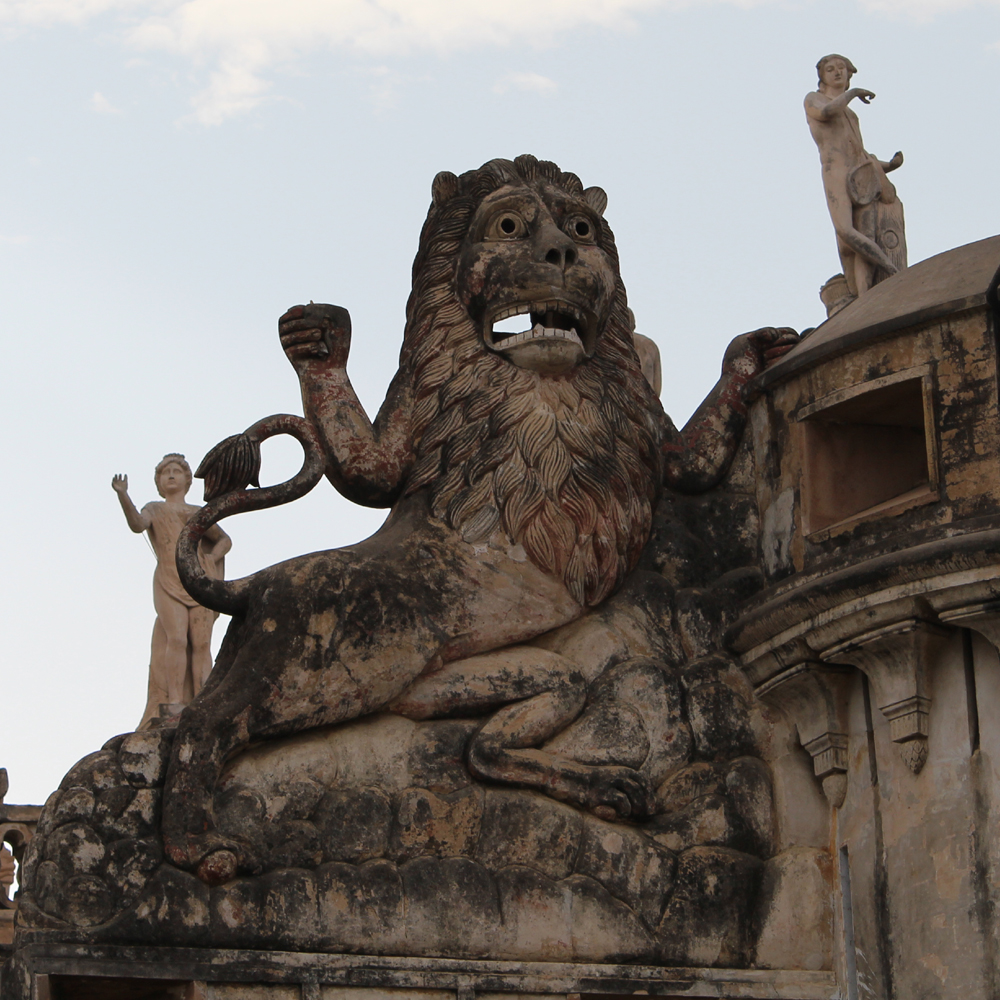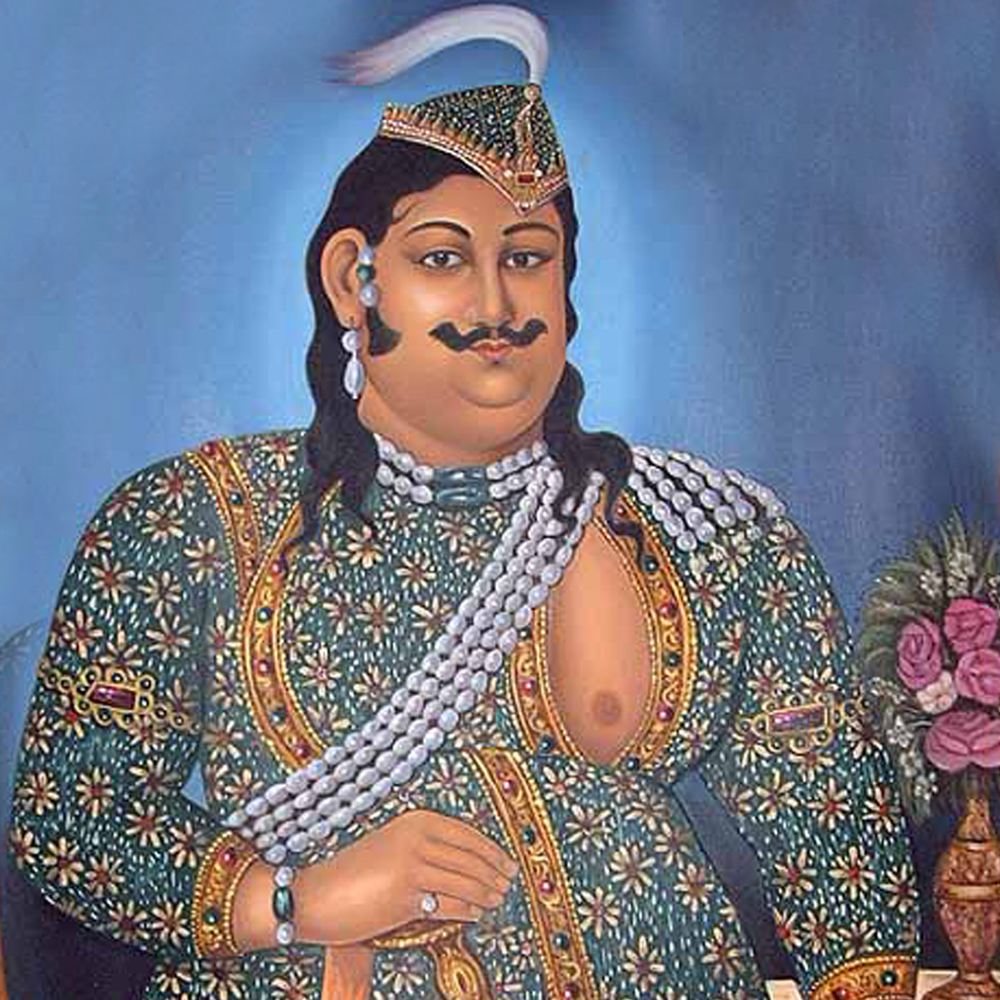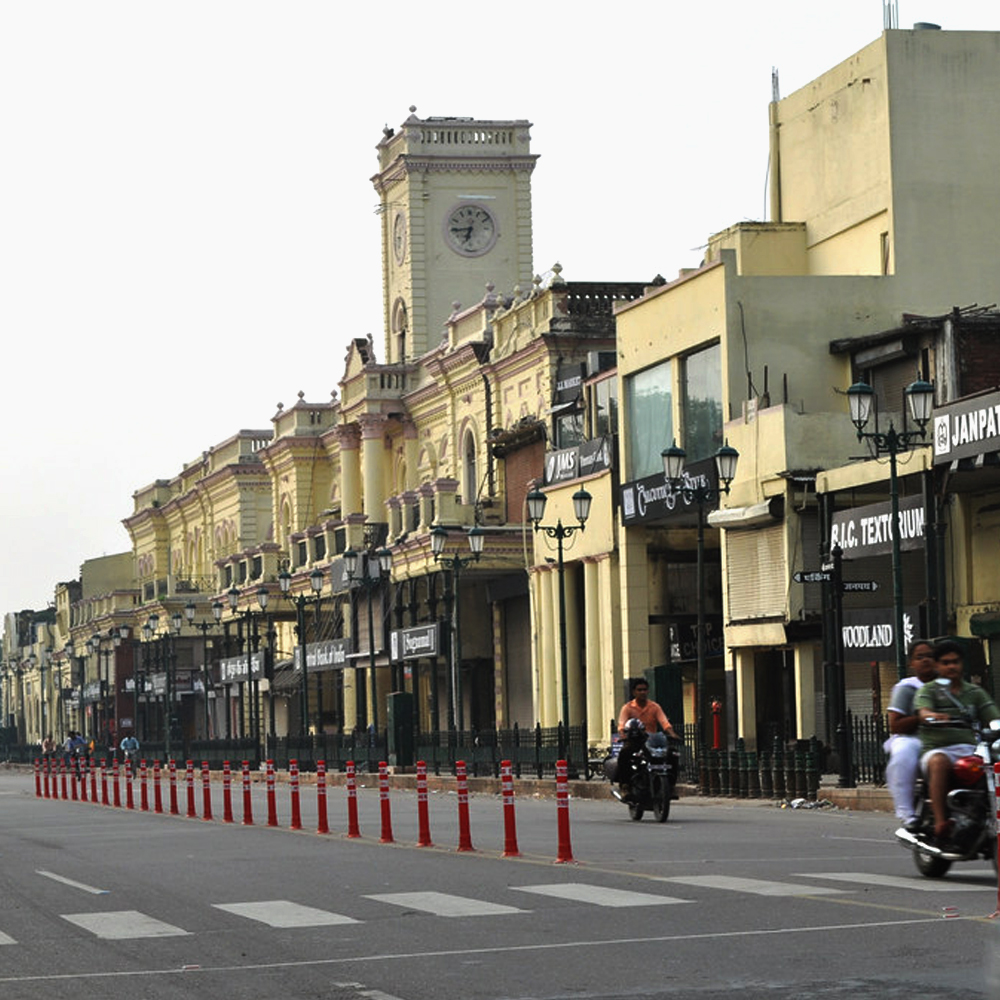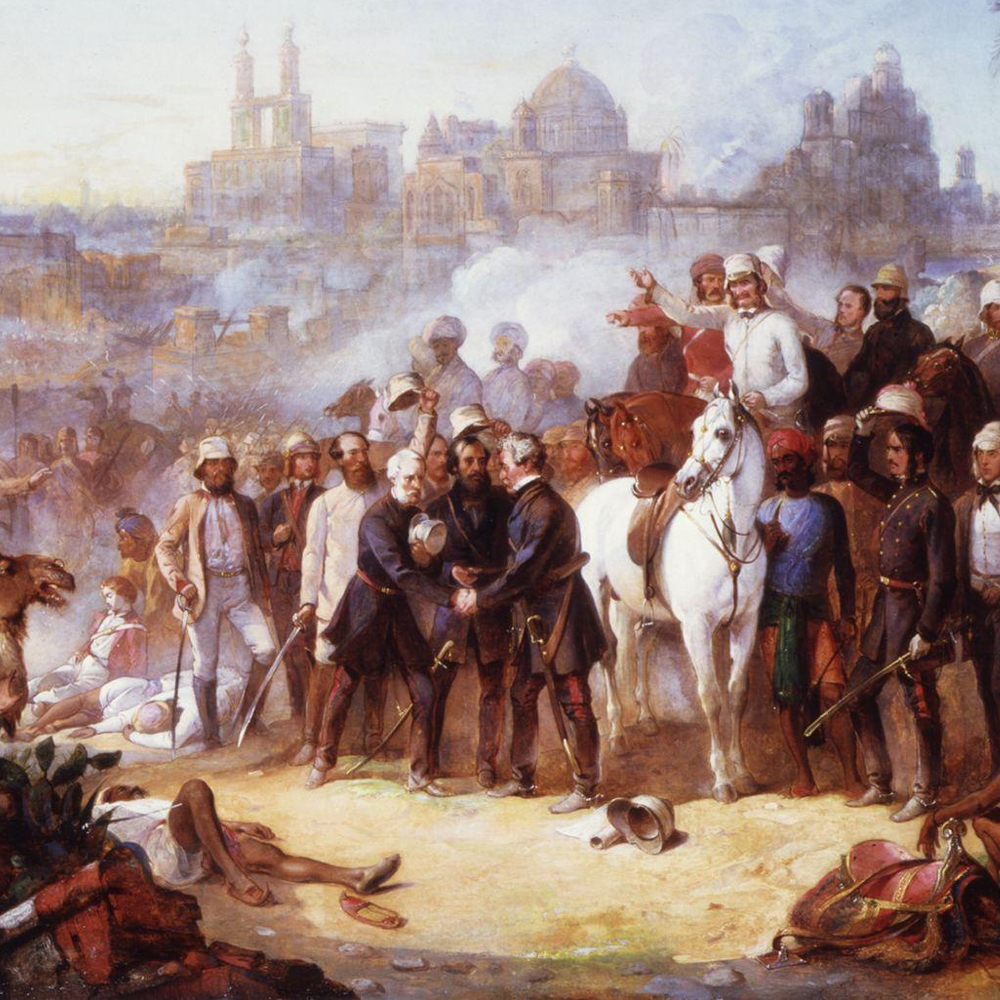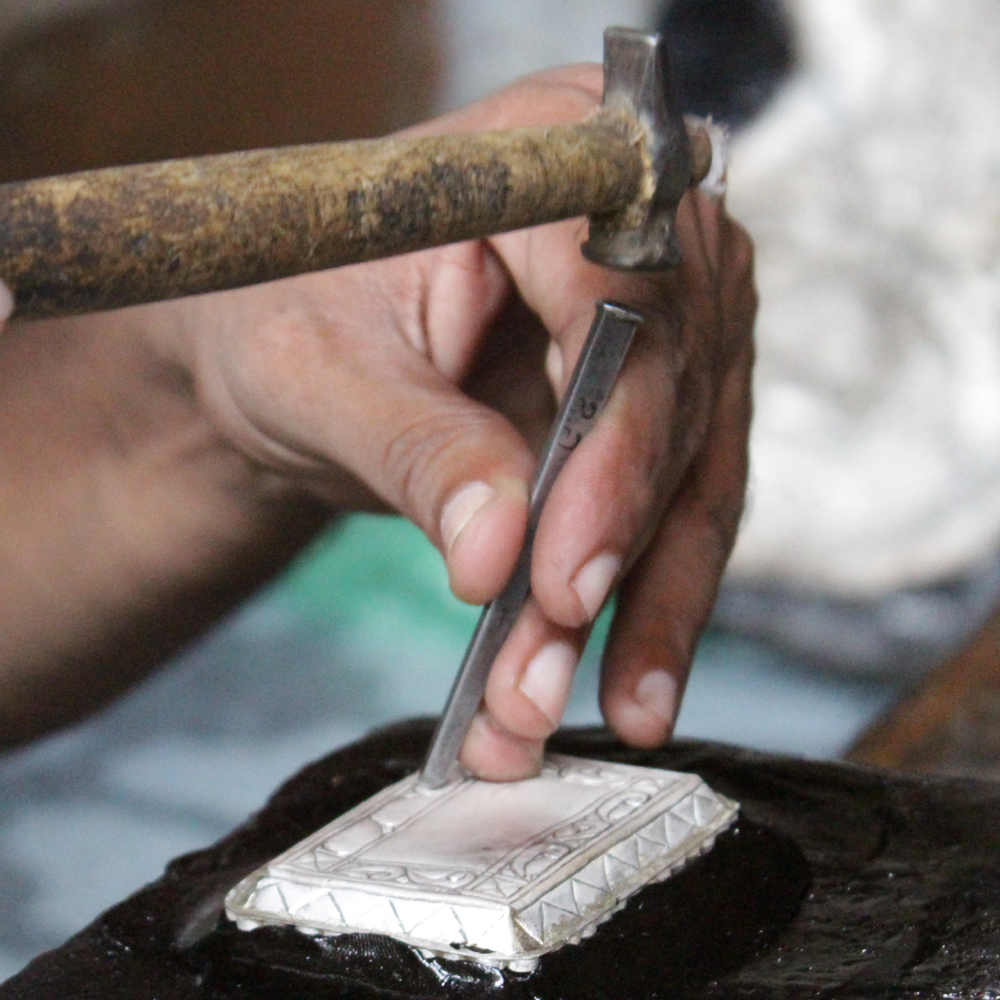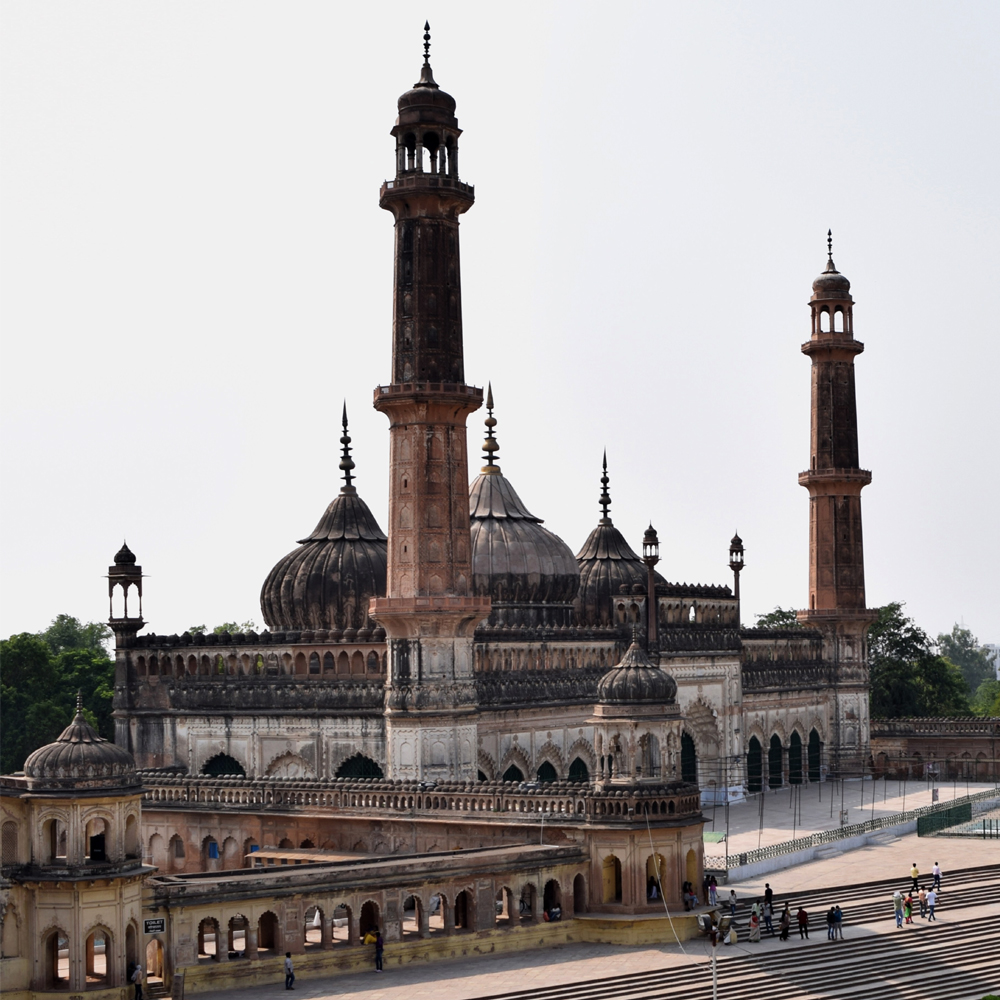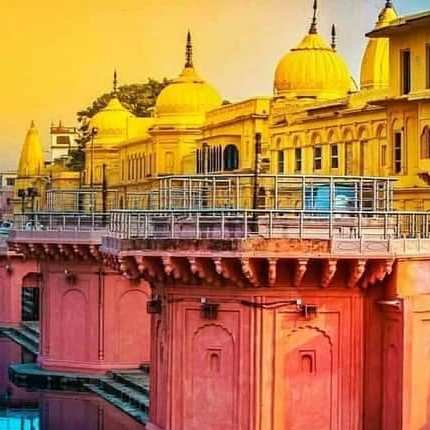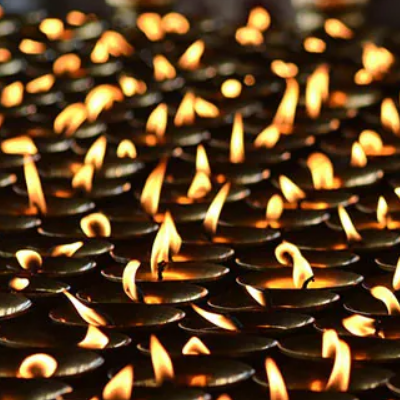Construction of residences was a domain where Nawabs and other nobility had free flowing ideas, often based on fantasies and their admiration of other constrictions world over. The best part was that they were not bound by religious compulsions and orthodoxies or any style-inheritance of earlier constructions. This was the reason that Awadh got a kind of very unique hybrid style that was full of amalgamation of architecture and largely in the late 18th and through the mid 19th century Indo-European influences are evident, rather call it ‘Awadhi-European’. The architects not only enjoyed freedom but also understood the taste of the people who commissioned the buildings, even though these were a simple housing quarter of a common subject. Roughly around eighty houses or bungalows were constructed in Lucknow by the Nawabs and their courtiers from 1775 till 1856, the span when Nawabs ruled from Lucknow.
18th and 19th centuries were the eras of outstanding domestic architecture in Lucknow when not only large palaces, Imambaras and mosques were built but huge residential bungalows and smaller residential quarters were constructed. Residences were primarily of three types, ‘kothi’, ‘Manzil’ and ‘Makan’ and accordingly their style varied. ‘Kothis’ and ‘Manzils’ were large palatial houses often with gardens and belonged to very high designation people or even could belong to the Nawab himself, his wife, children, Prime Minister etc., or could be an official premises for a purpose. On the other hand, ‘Makan’, simply meaning a house, are residential quarters and could belong to common subjects too. Nawabi houses thus showed great variations in their plans and elevations during the period of 1722- 1856 but their design was provided by the common nature of building materials with which they were nearly always constructed: namely, brick and stucco, the bricks being small and thin, unlike our modern bricks, that were called, ‘Lakhuri’, the term that denotes the origin as ‘Lucknow’ and the brick size was about 12 or 14 cm by 10 ½ and only 2 ½ to 3 cm in height.
Construction of residences was a domain where Nawabs and other nobility had free flowing ideas, often based on fantasies and their admiration of other constrictions world over. The best part was that they were not bound by religious compulsions and orthodoxies or any style-inheritance of earlier constructions. This was the reason that Awadh got a kind of very unique hybrid style that was full of amalgamation of architecture and largely in the late 18th and through the mid 19th century Indo-European influences are evident, rather call it ‘Awadhi-European’. The architects not only enjoyed freedom but also understood the taste of the people who commissioned the buildings, even though these were a simple housing quarter of a common subject.

Nawab Sadat Ali Khan who built Jarnail Kothi & Chattar Manzil
One of the houses of late phase was built by Nawab Sadat Ali Khan on the banks of Gomti to accommodate the Commander-in-Chief, the General. Thus in the course of time it came to be known as the ‘Jarnail Kothi’. A huge bungalow (or call it a small palace) was built by Nawab Sadat Ali Khan just by the side of Chateau de Lyon (Farhat Baksh), ahead of Chattar Manzil.

Jarnail Kothi – Exteriors (at present)
It was a double floor large bungalow, well ventilated, reflecting typical British architectural style. Jarnail Kothi had 13 Roman arches decorated with serpent head motifs. The Kothi, had several underground passages leading to nearby Chattar Manzil and Farhat Baksh, access to which was gained through the doors in the cellars. Jarnail Kothi, being the residence of the ‘General’ throughout the span of Nawabi rule in Awadh, had been one of the most significant seats of administration of the city.

Jarnail Kothi Interiors
One might wonder, what the meaning of the word, ‘Jarnail’ is? – It is the mispronunciation and vernacularsation of the English word, ‘General’ which later became a part of Lucknow’s own dialect referring to senior military officer. Lucknow interestingly has its own ‘English-converted dialect’ and gave its own names that are still quite popular. A few examples are ‘Bailey Garad’, distortion of ‘Bailey Guard’ which is the main gate of the Residency where Captain John Bailey was given the guard of honour when he was posted as the Resident here, but now the term is used to describe ‘distress’ and ‘destruction’, ‘Kallan’ – Colonel, ‘Bhaktin’ – nuns; Loreto Convent thus is called the ‘Bhaktin School’.
As tradition would hold, the Heir was the eldest son of the Nawab and the second eldest would get the charge of the military and so was addressed as ‘Jarnail Saheb’ meaning ‘General’. This though was not a strict ritualistic practice and many a times it wasn’t followed the same way. Sadat Ali Khan’s eldest son Nawab Ahmad Ali Khan was in fact made appointed the General of the Army, ‘Jarnail Saheb’ and his second son who was younger to Ahmad Ali Khan, Ghazi-ud-Din Haider took the throne of Awadh after Sadat Ali Khan. Again Amajd Ali Shah’s son, Wajid Ali Shah was not his eldest but was the heir-apparent while his elder brother Sikander Hashmat Ali Mirza instead was appointed the General, ‘Jarnail Saheb’.

Left to right: Nawab Amjad Ali Shah with his two sons, Wajid Ali Shah (Heir Apparent) and Sikander Hashmat Ali Mirza (Jarnail Saheb – Commander in Chief)
Jarnail Kothi was the place where Sikander Hashmat Ali Mirza, elder brother of Wajid Ali Shah stayed and operated from, was destroyed during the siege of Lucknow by the British forces on 25 September 1857 after being defended for long by Daroga Sahib Mir, Mohammed Murtaza Khan, Mir Safar Ali, Mir Nawab Makhdoom Baksh and one army officer named, Tumandar along with a few African slaves who were finally killed the battle. Children of Sikander Hashmat Ali Mirza, an African lady-servant Hasina Habshan and few others, about twenty five of them were finally arrested. This palace was quite close to Residency and Kaiserbagh thus damaged the most during the uprising of 1857-58.
|
Nawab Sadat Ali Khan fathered ten sons from his numerous wives and his eldest was Rafat-ud-Daula from Begum Kursheed Zadi who was declared Heir Apparent and was given the title of Ghazi-ud-Din Haider while his younger brother Shams-ud-Daula was made Jarnail Saheb (General). Shams-ud-Daula was quite ambitious an opportunist, to rise up to the throne he imprisoned Ghazi-ud-Din Haider. After the death of Sadat Ali Khan, Shams-ud-Daula with an intention to be coronated garnered support but British were not intending to make him the next ruler as it did not suit their scheme thus Ghazi-ud-Din Haider, the actual heir apparent was declared the Nawab of Awadh which made Jarnail Shams-ud-Daula lead rest of his life in disgrace and remorse.
After Ghazi-ud-Din took over the throne of Awadh, Jarnail Kothi remained vacant as he had only one son, Naisir-ud-Din Haider. Thereafter too till the time of Amjad Ali Shah Jarnail Kothi had no rightful occupant.
After Wajid Ali Shah was dethroned and exiled to Calcutta in March 1856, the Awadh royalty was reduced to penury and the belongings were sold by the British East India Company. Jarnail Kothi was captured and locked from within by the British forces and there was chaos when Jarnail Saheb Sikander Hashmat Ali Mirza reached his chamber. The atmosphere was full of uncertainty with sudden spurts of firing in the air by the British soldiers. In desperation, the Daroga Jarnail Kothi gave a call prayer (‘Azaan’). His deputy, Mohammad Murtaza Khan fled to save his life. Mir Safdar Ali and Mir Nawab Makhdoom Baksh, who often played chess with Jarnail Saheb, rushed to help him.

Sikander Hashmat Ali Mirza (Jarnail Saheb)
In the confusion rumors spread that Jarnail Sahib was killed. Jarnail Saheb however, sought refuge with two of his trusted lieutenants in a cellar of Jarnail Kothi. Haggard with thirst and hunger, they remained hidden in the dark cellar throughout the day. In the night, taking advantage of the dark, they sneaked out of their hideout and quietly swam across the river, narrowly escaping the volley of fire by the British soldiers, who made every attempt to intercept them. Friends of Jarnail Saheb, nevertheless, succeeded in escorting him unharmed to palace of Queen Mother Malika Kishwar, from where he along with the rest, left for Calcutta. British soldiers were defeated in their objective of arresting Jarnail Sahib but arrested others from Jarnail Kothi.

Begum Hazrat Mahal who led the Mutiny from Oudh in 1857
Meanwhile Begum Hazrat Mahal was busy in planning her own strategy of attack in Lucknow. When the sad news of the fall of Jarnail Kothi was conveyed to her by the distraught Yaqub Ali Khan Nawab Nazir, she directed Raja Mansingh to rescue the children and other inmates of Jarnail Kothi but he did not consider it wise to attempt liberating the Children of Jarnail from the stronghold of British, particularly when the fate of children was unknown and his forces were being defeated.
It is said that the prince and princess refused to partake the meals offered by the British in spite of utmost persuasion. A female attendant then disguised as a man and brought edibles from Kaiserbagh Market. At last, the tired and hungry children had some food and rest. British did not take this disobedience by the royal children who were now their prisoners lightly. They summoned Hasina Jan the servant who had brought food for the children and directed all female attendants to proceed to their homes in the city.
Jarnail Kothi today stands as a mute witness to these strange events of Lucknow’s history. In pre-Independence period it was a guest house for officers of board of revenue, later it was used as the SSP Office before being handed over to Archeological Survey of India which restored it and now is a historical monument that may be visited.
Tornos organises a visit to Jarnail Kothi during the sightseeing tour of Lucknow with a special arrangements on request or as a part of its 1857 tour.
http://www.tornosindia.com/lucknow-mutiny-tour/









